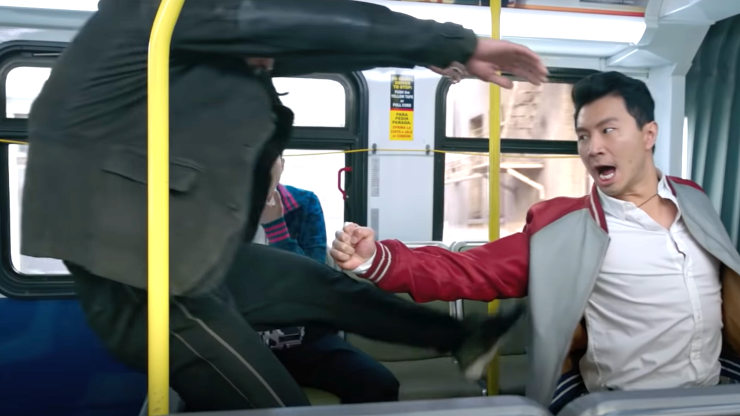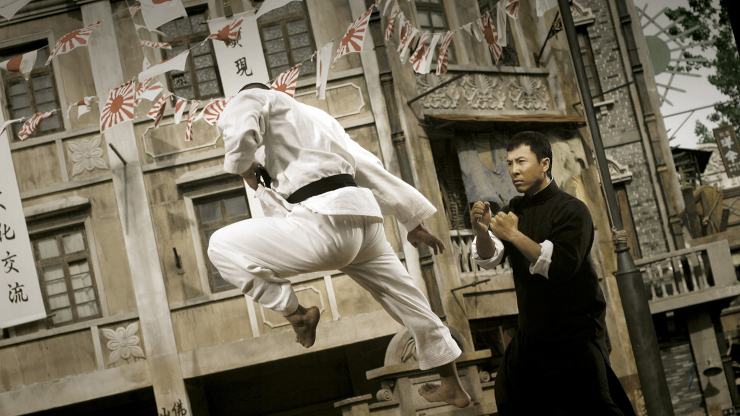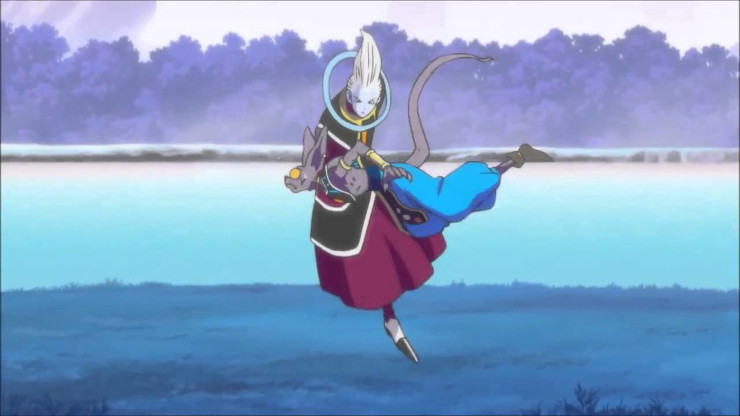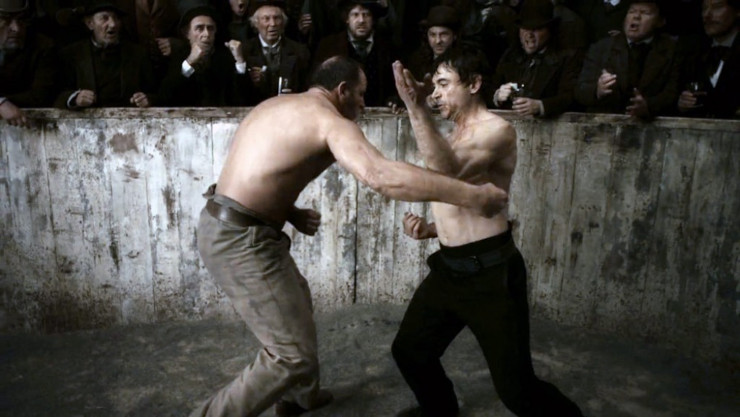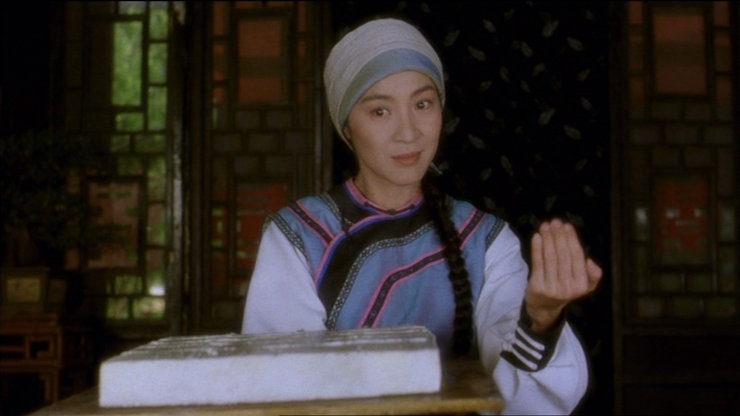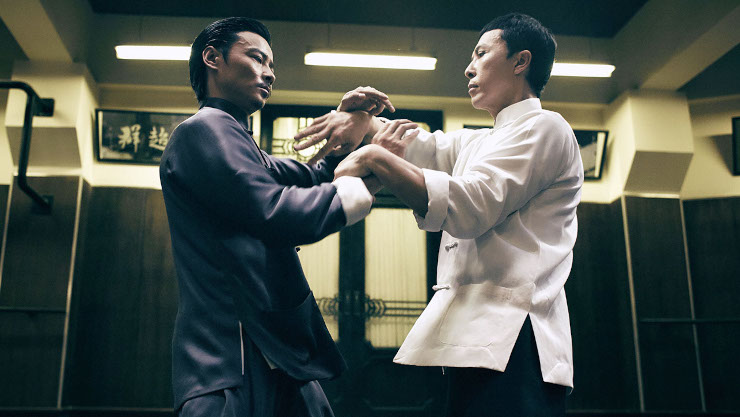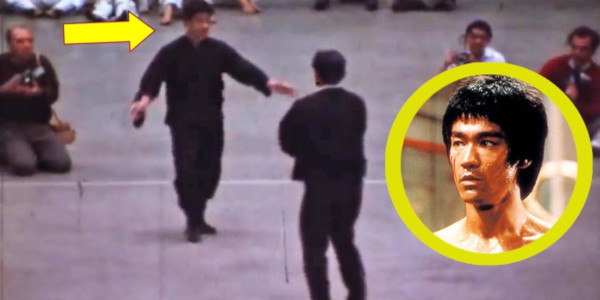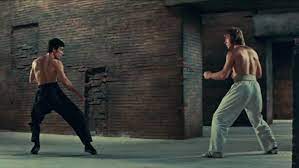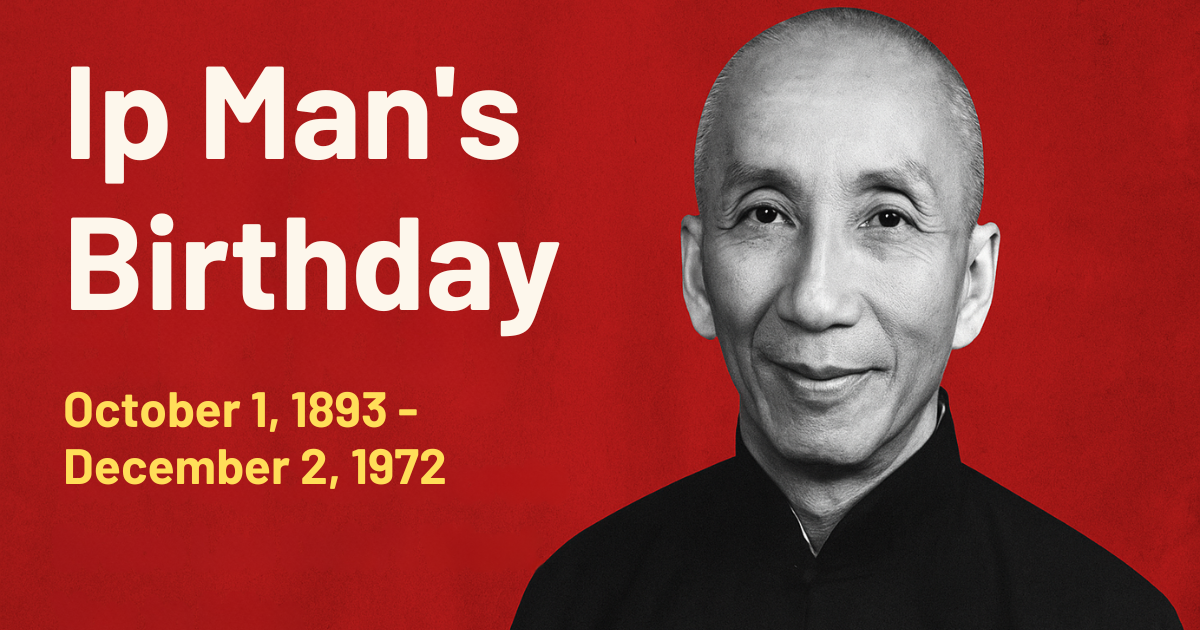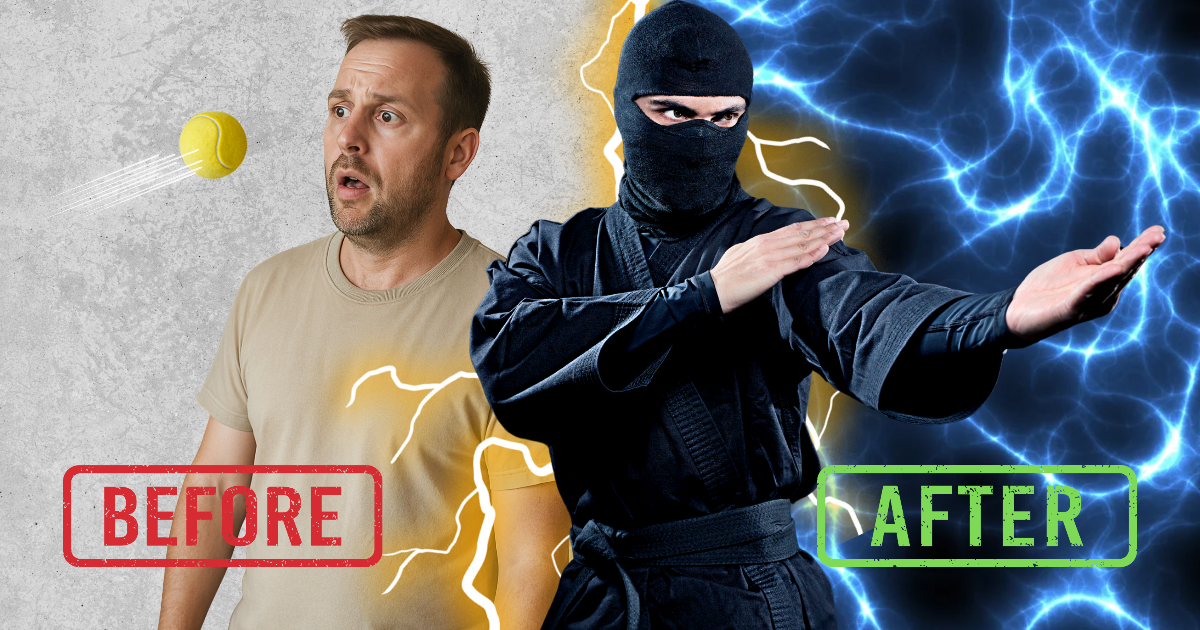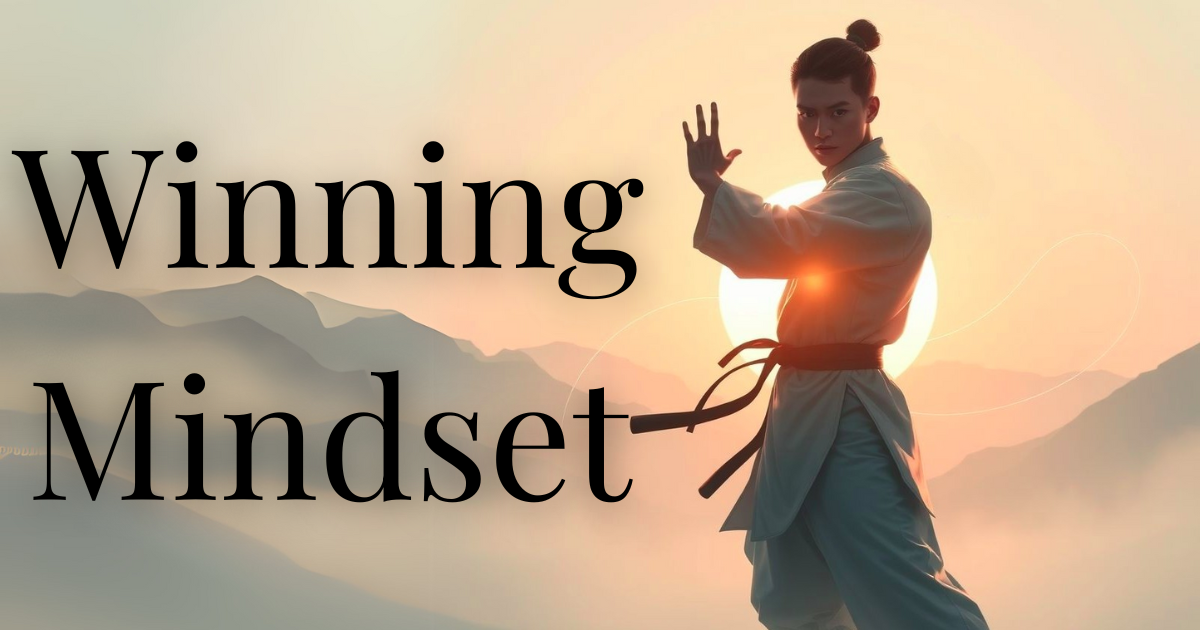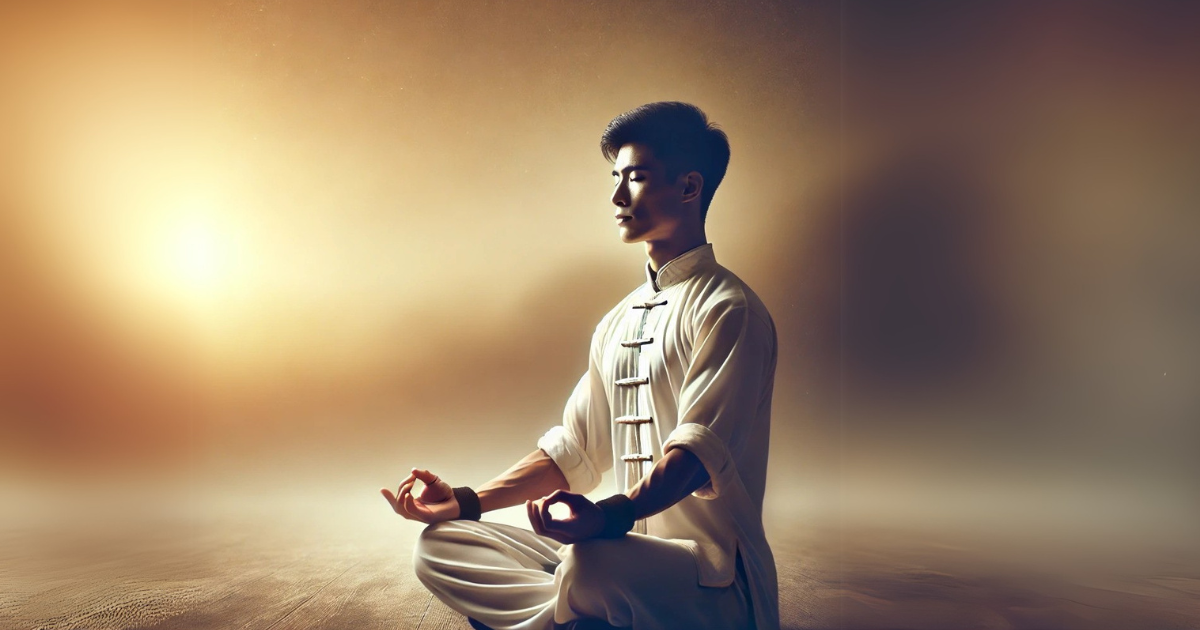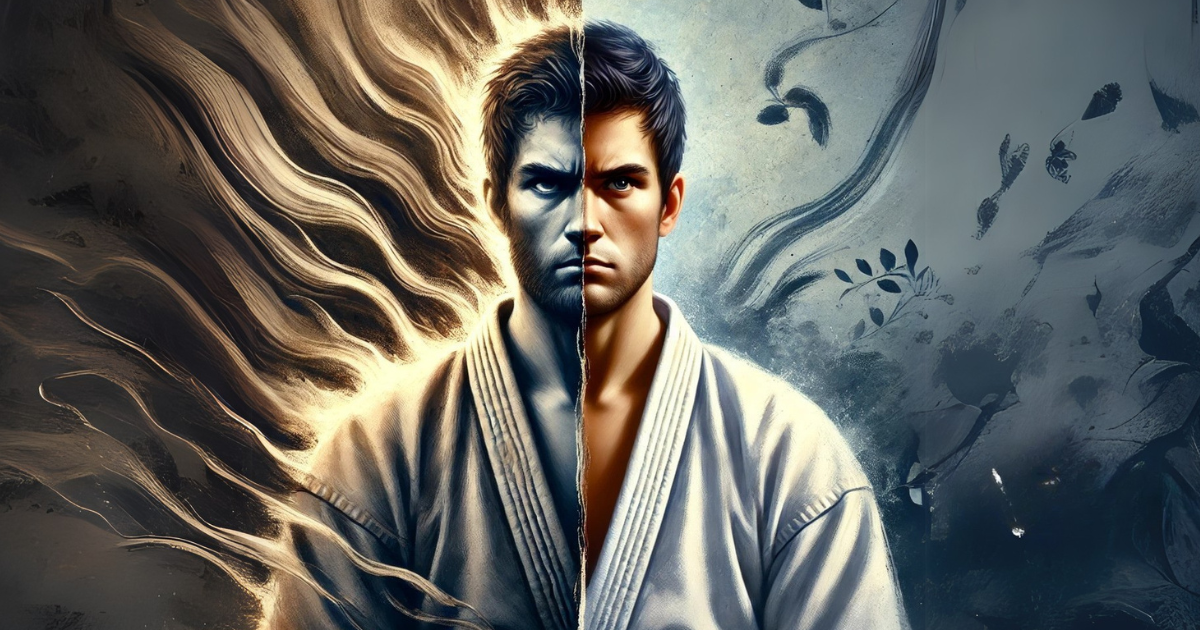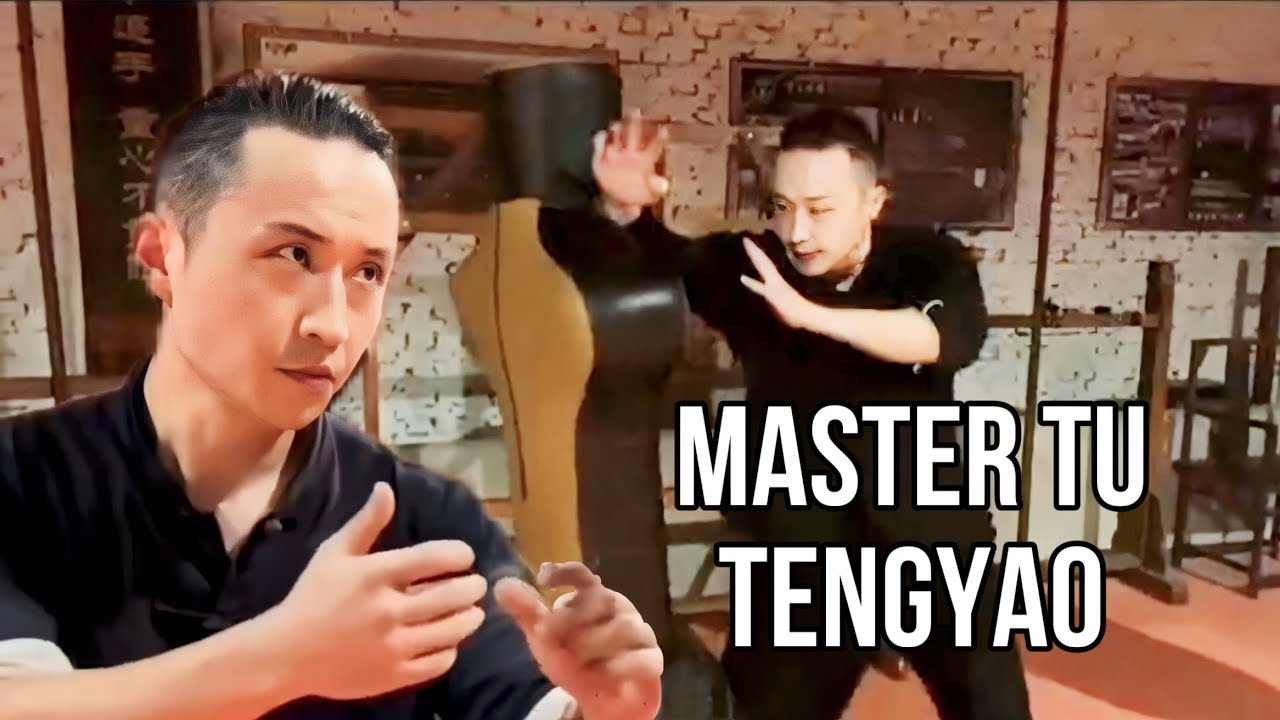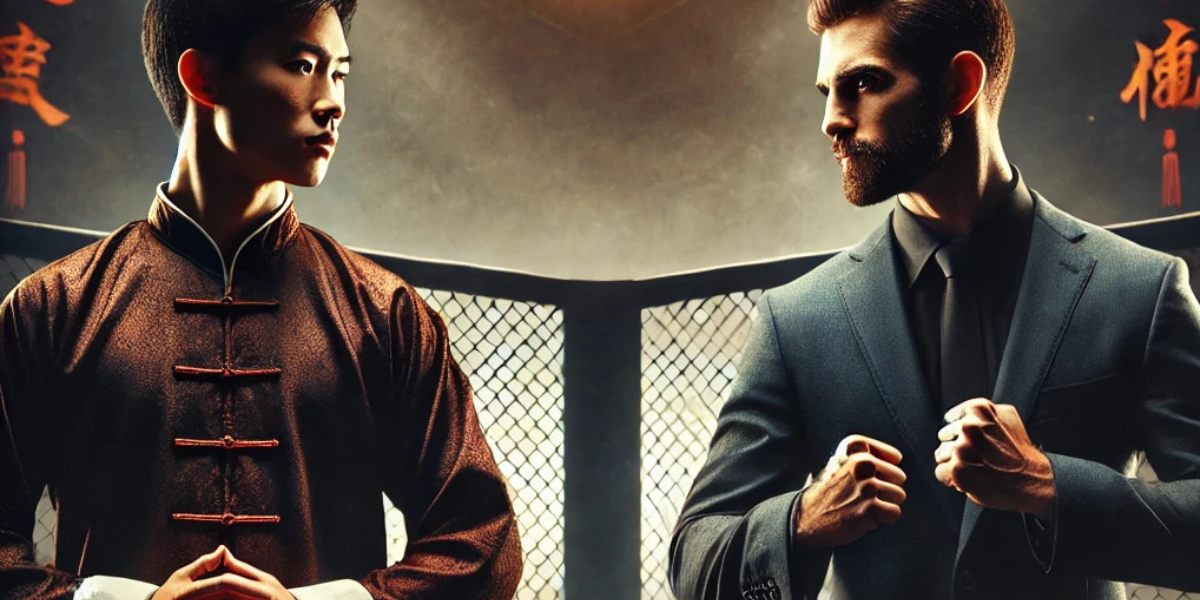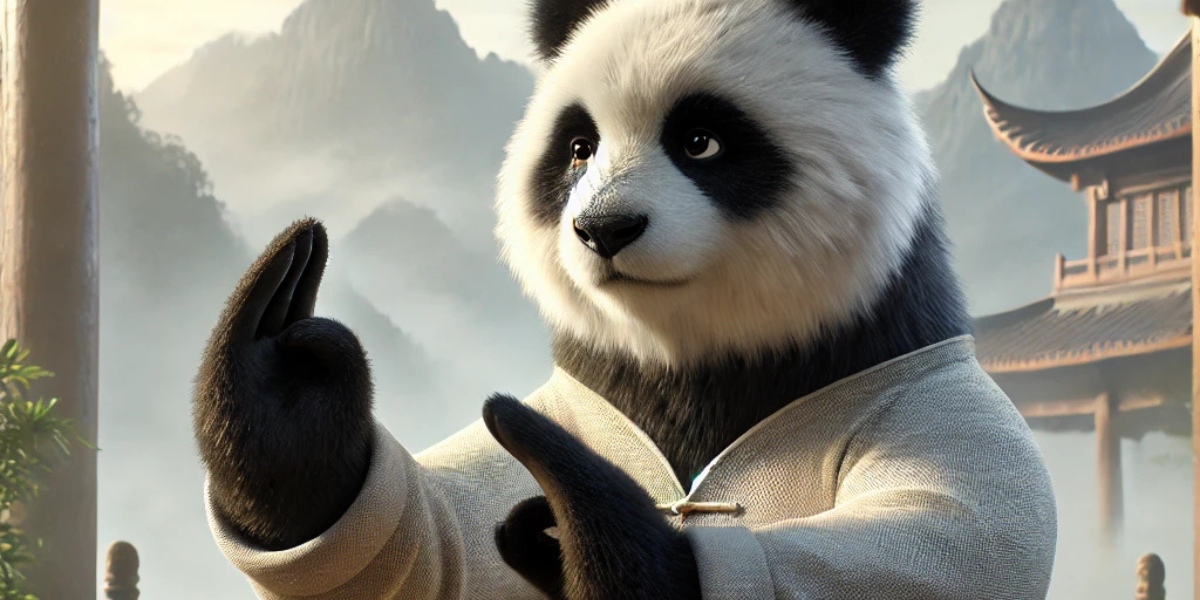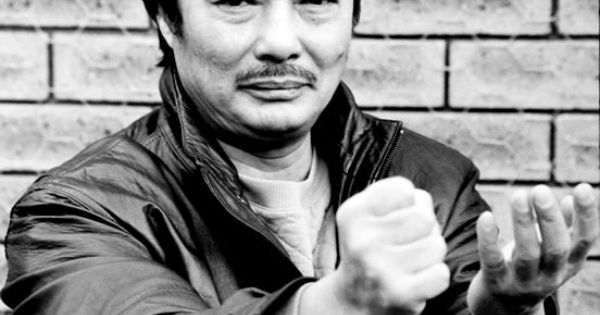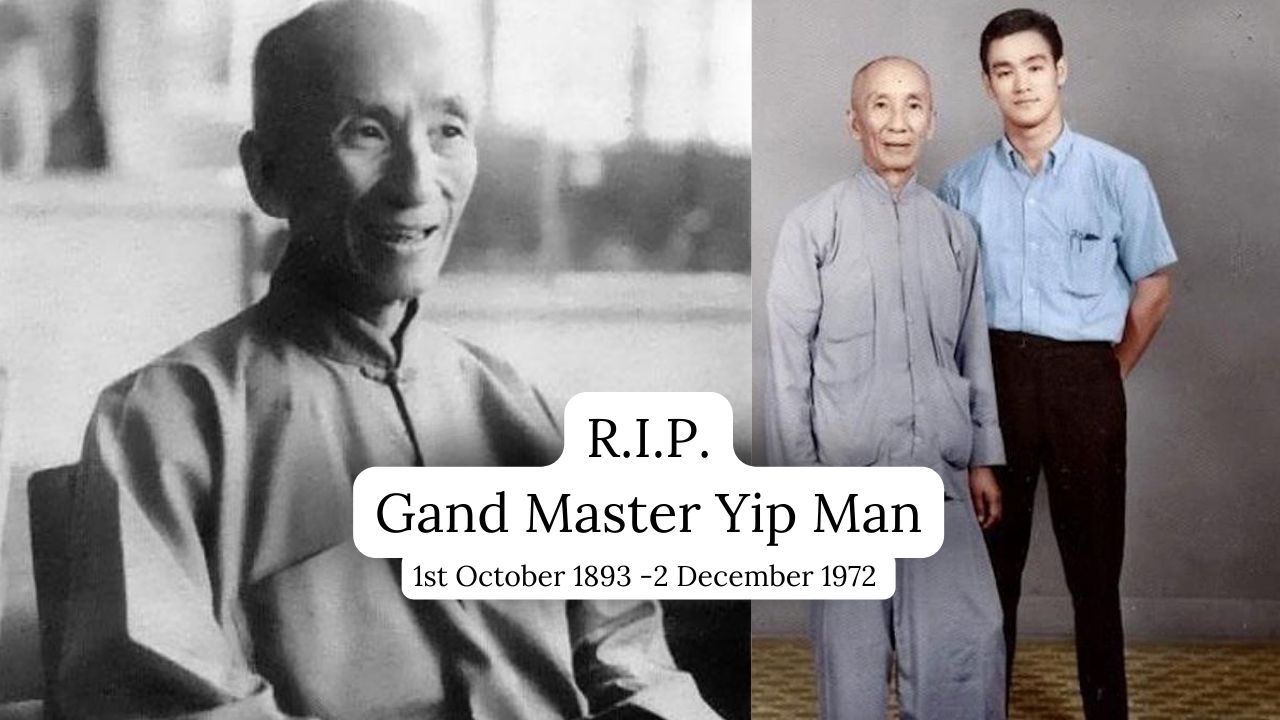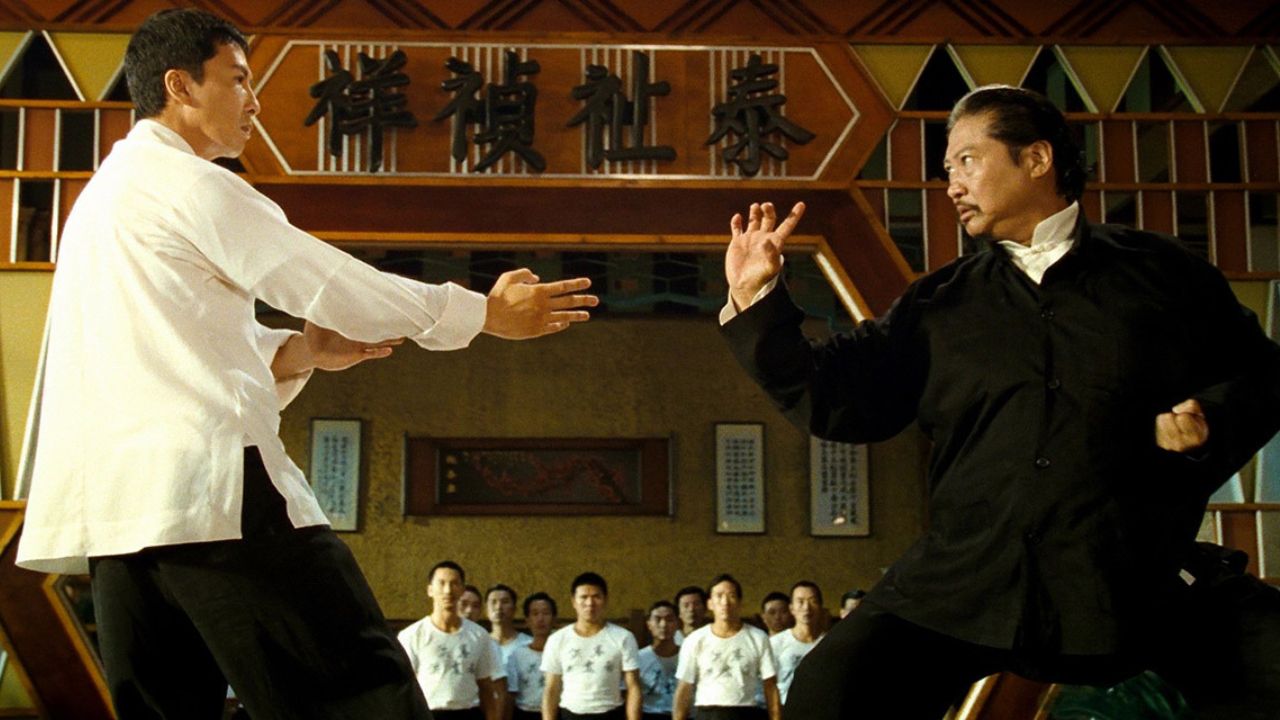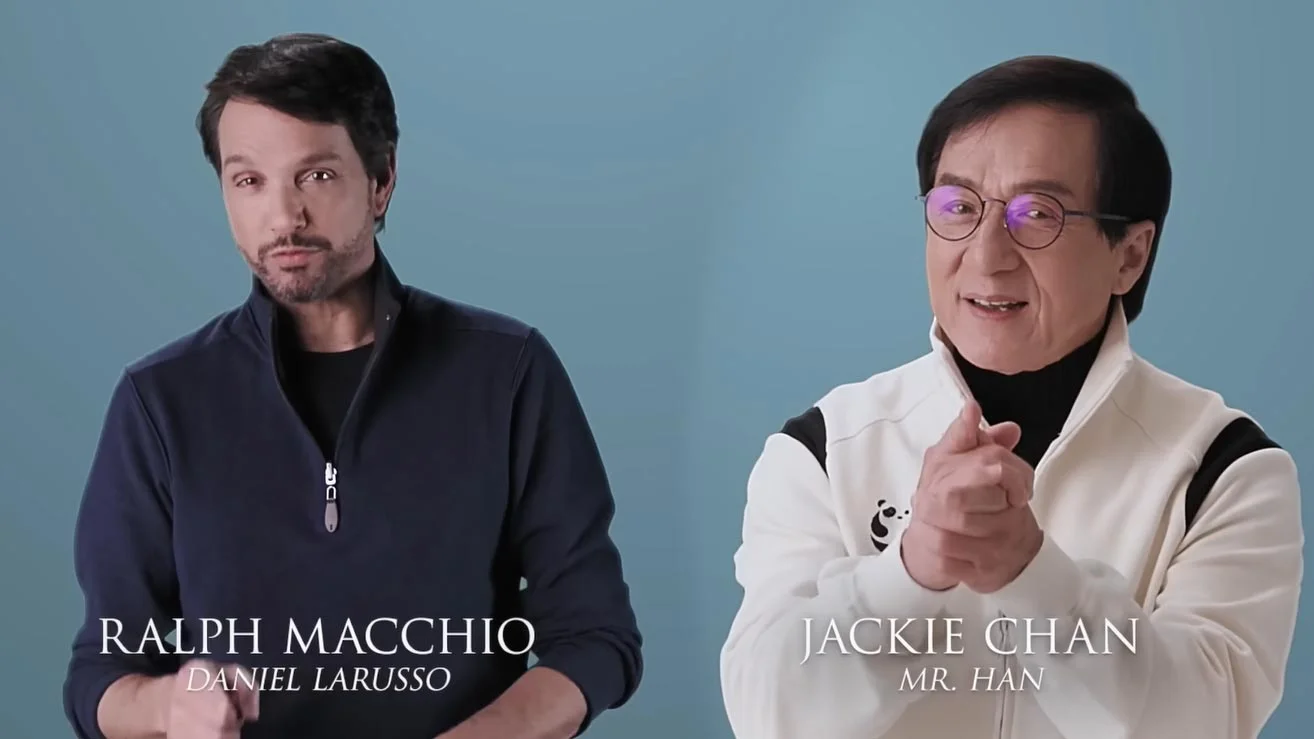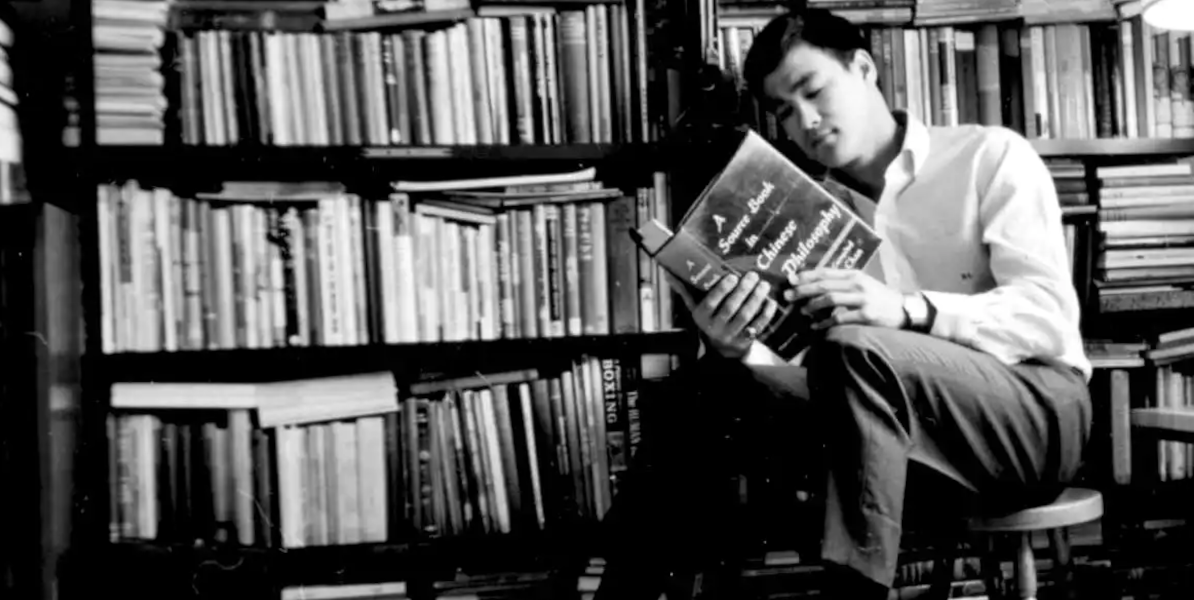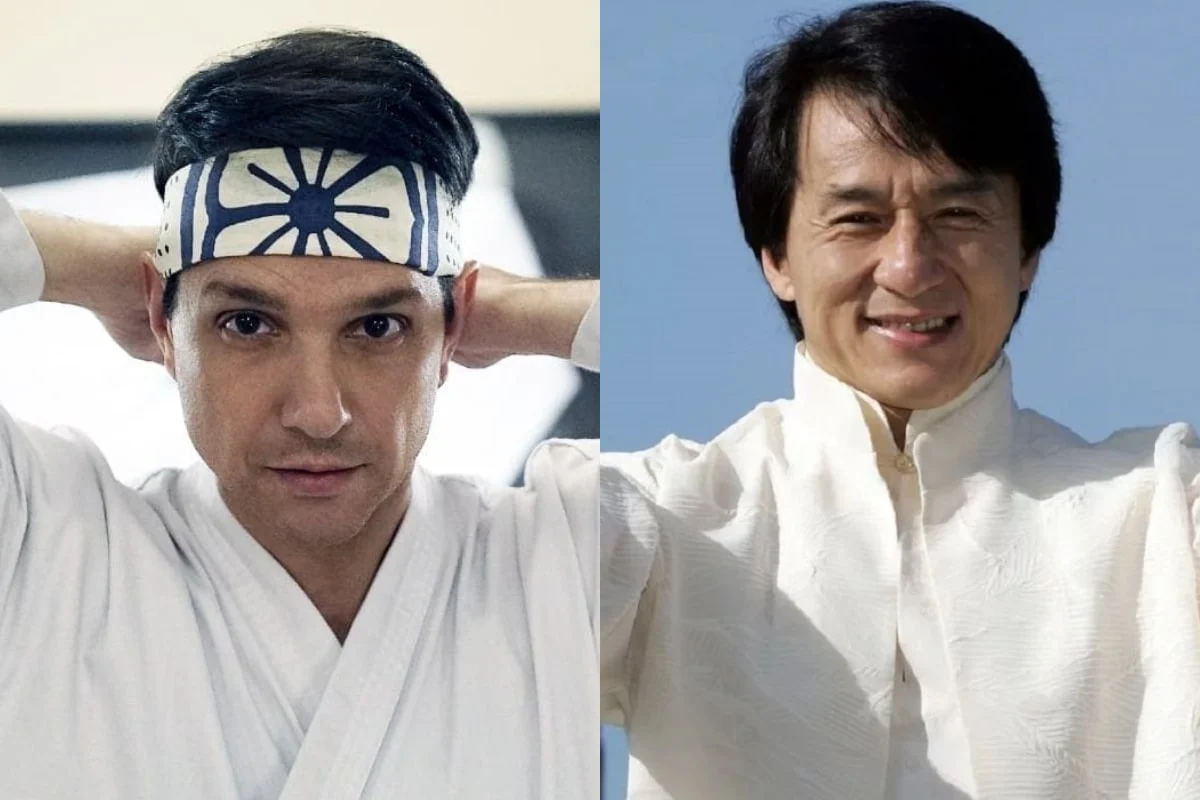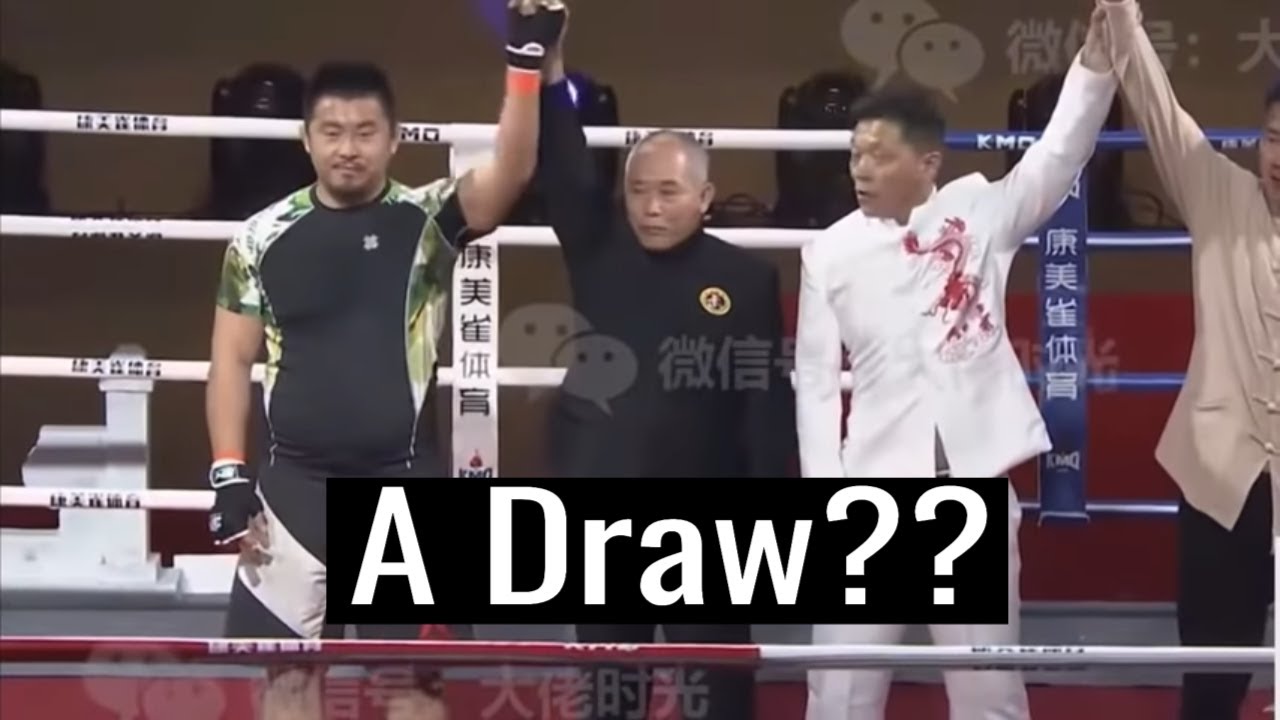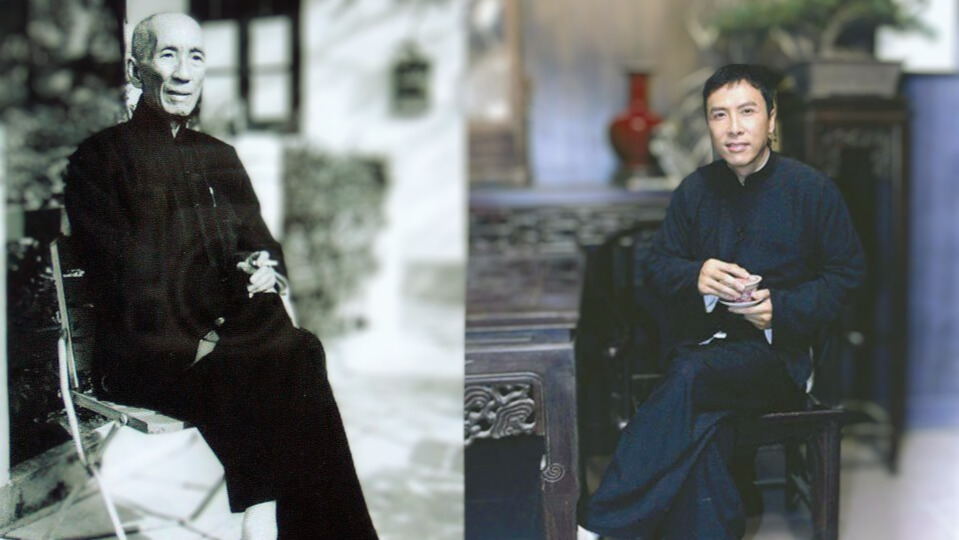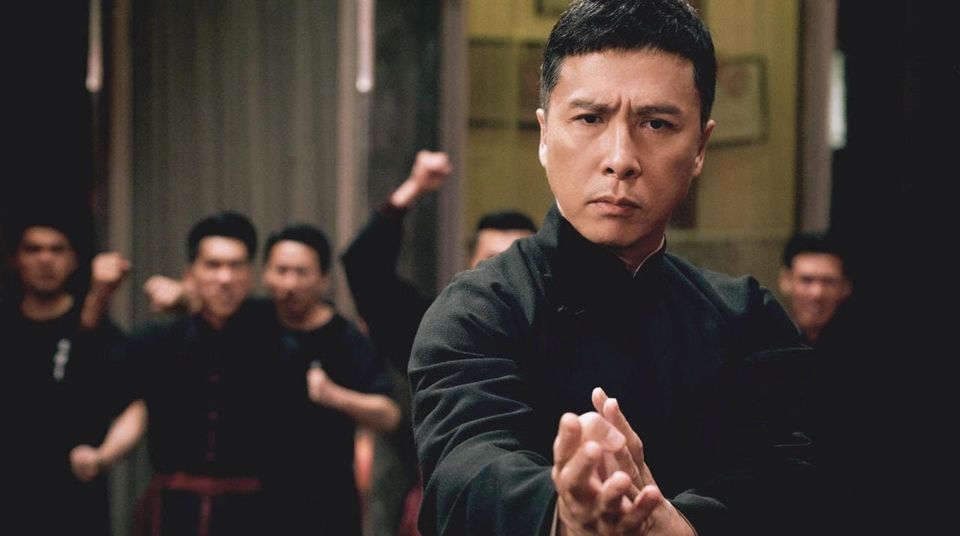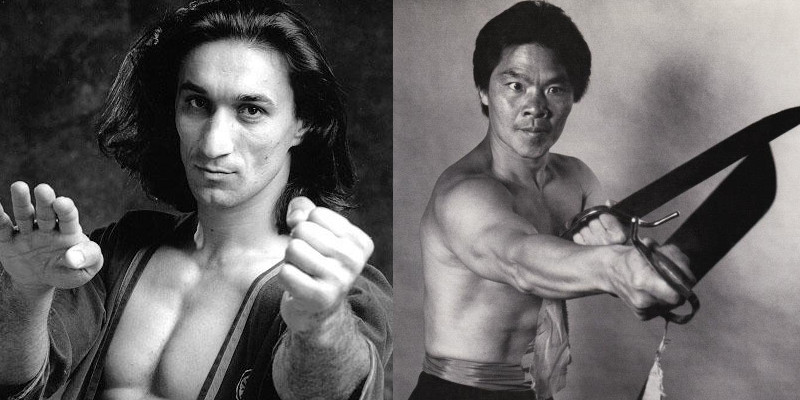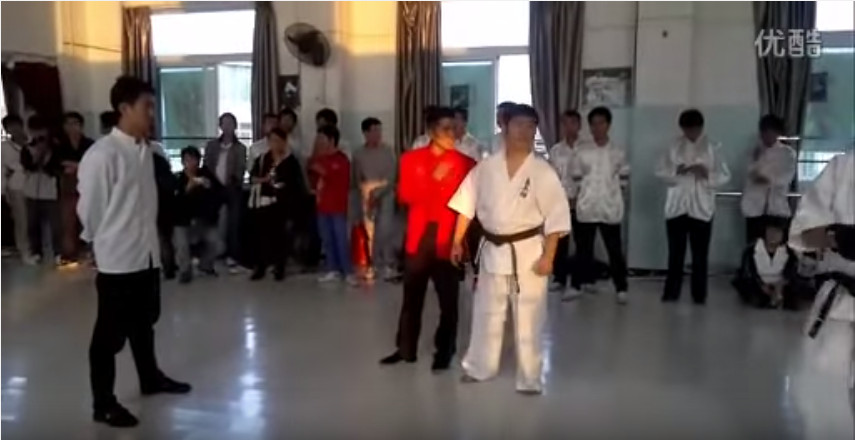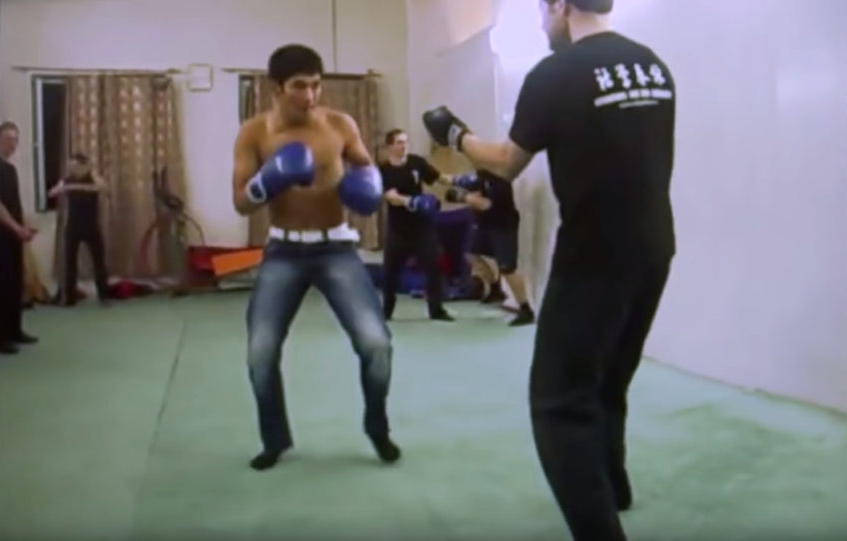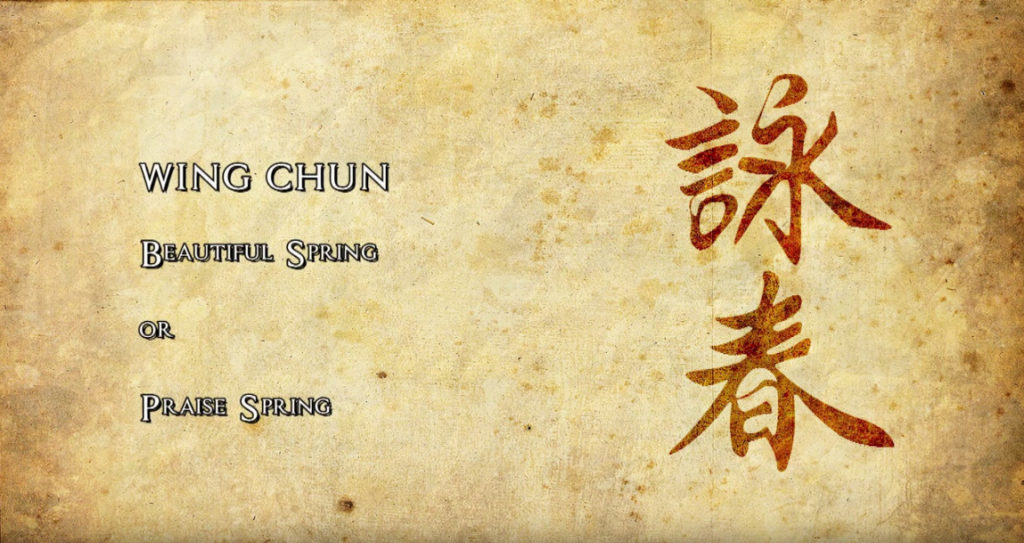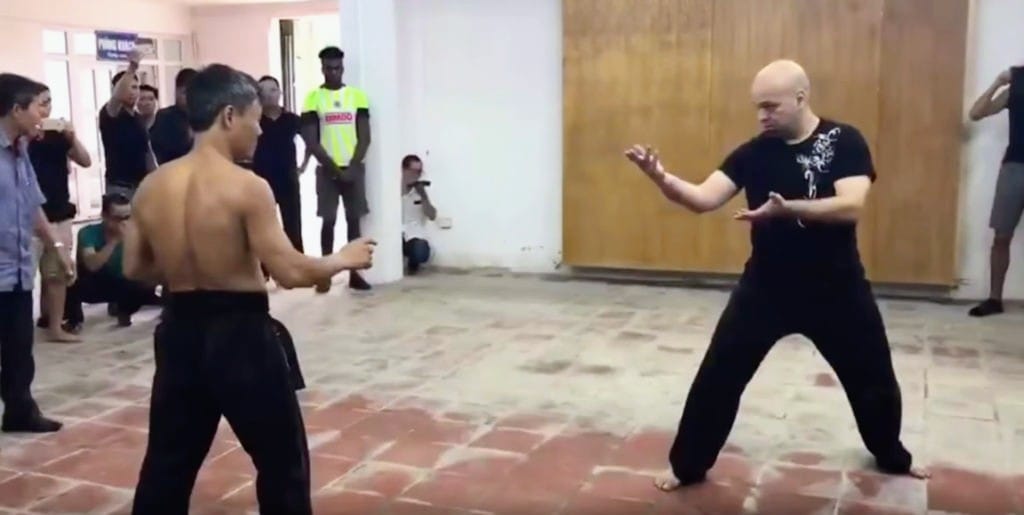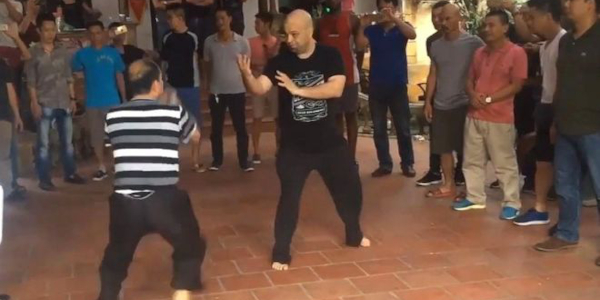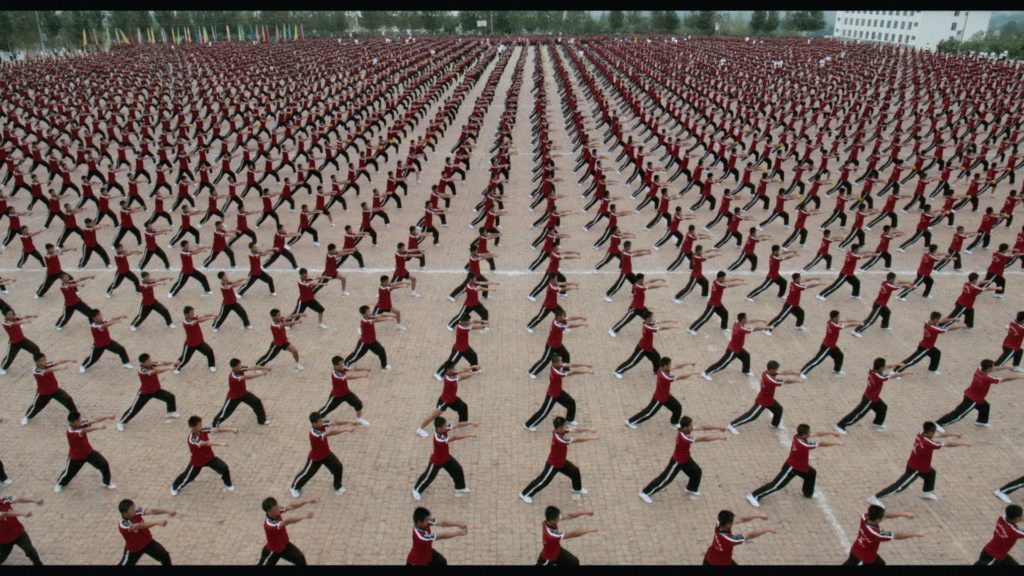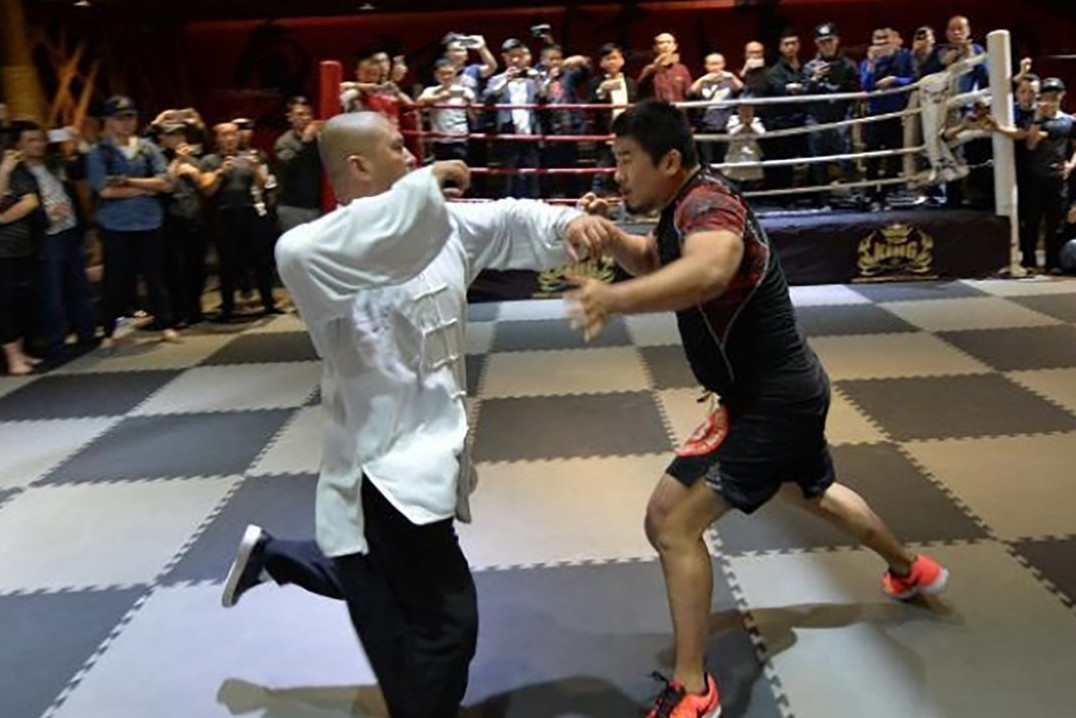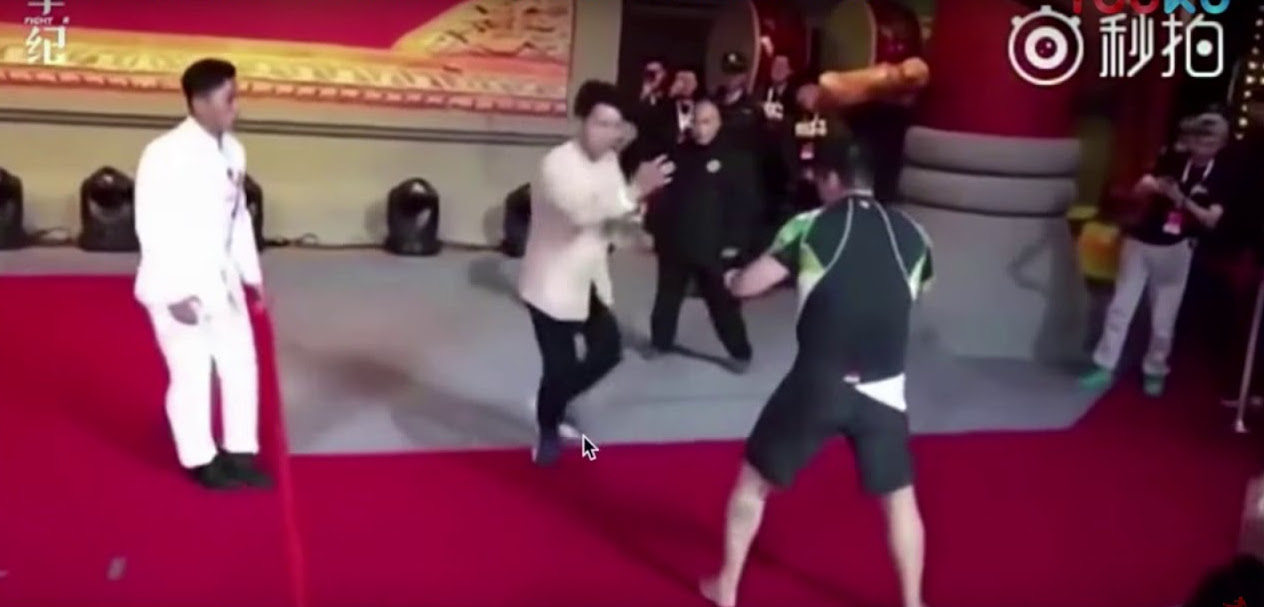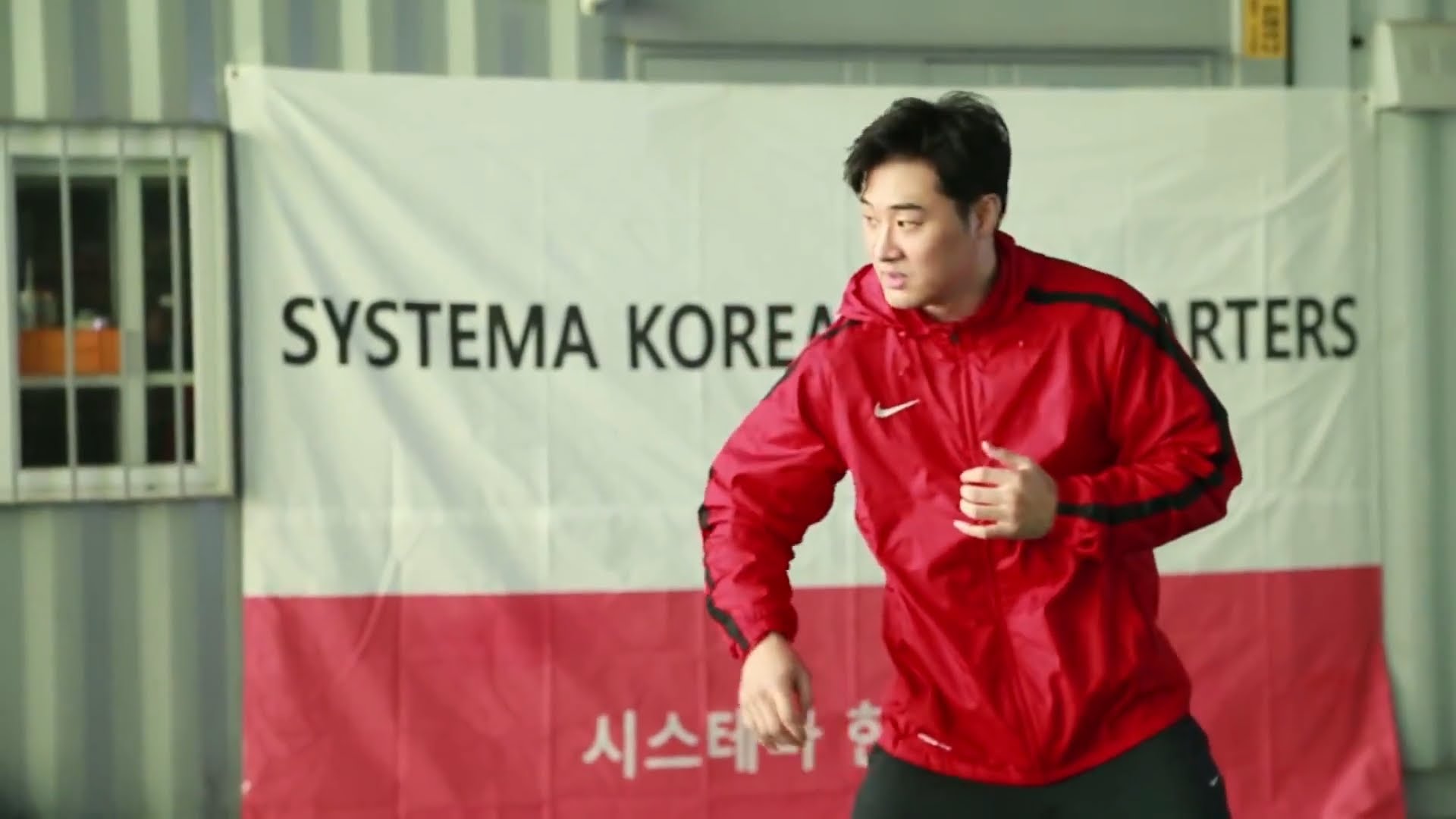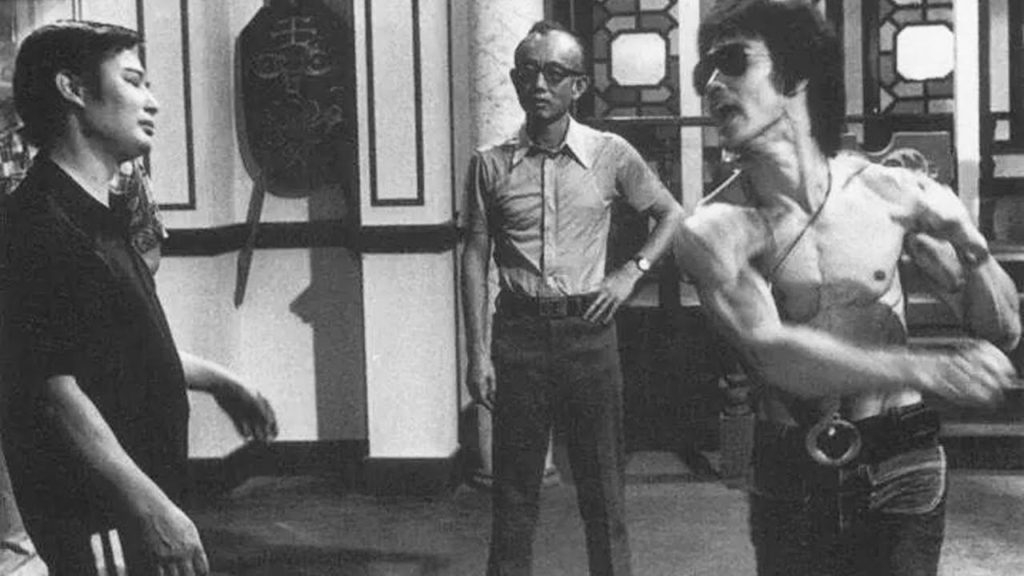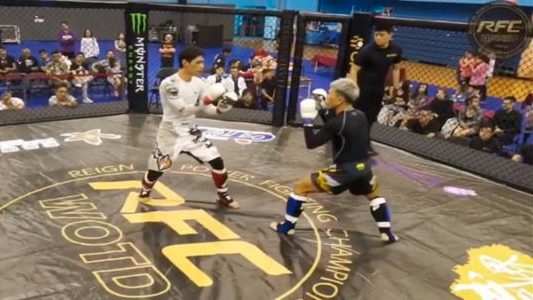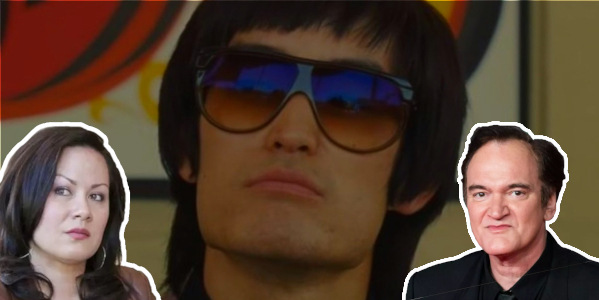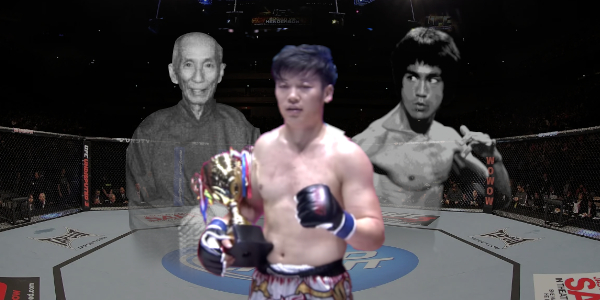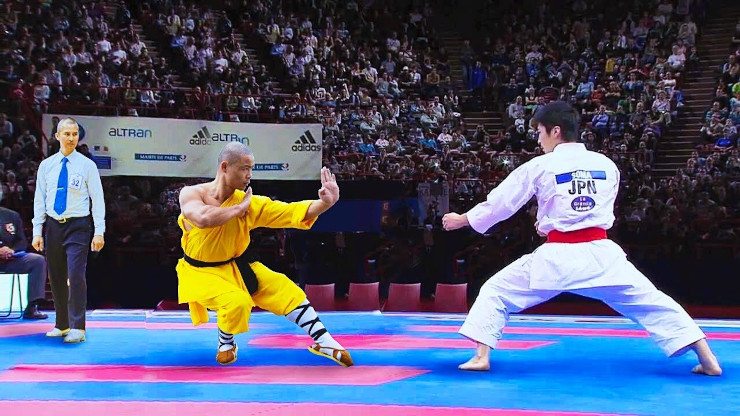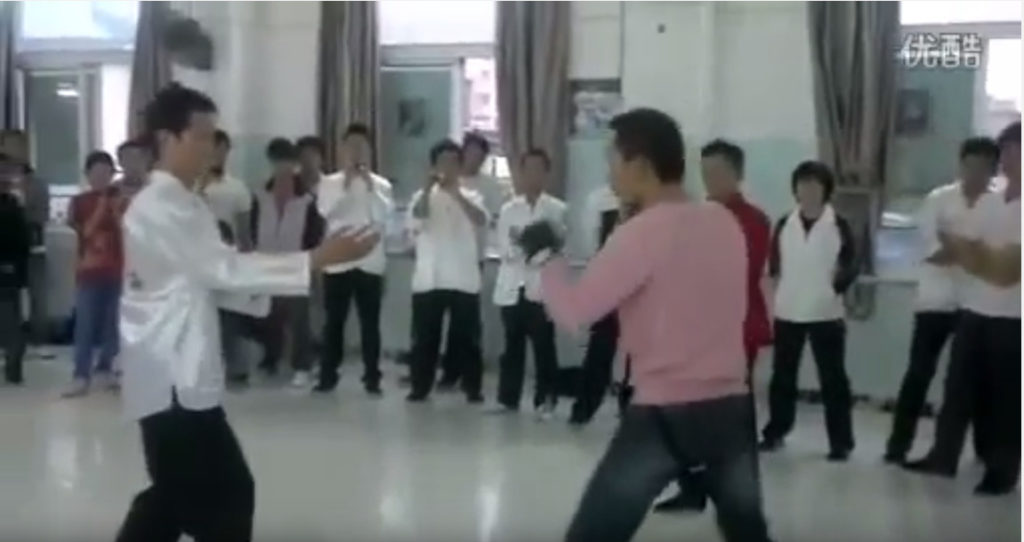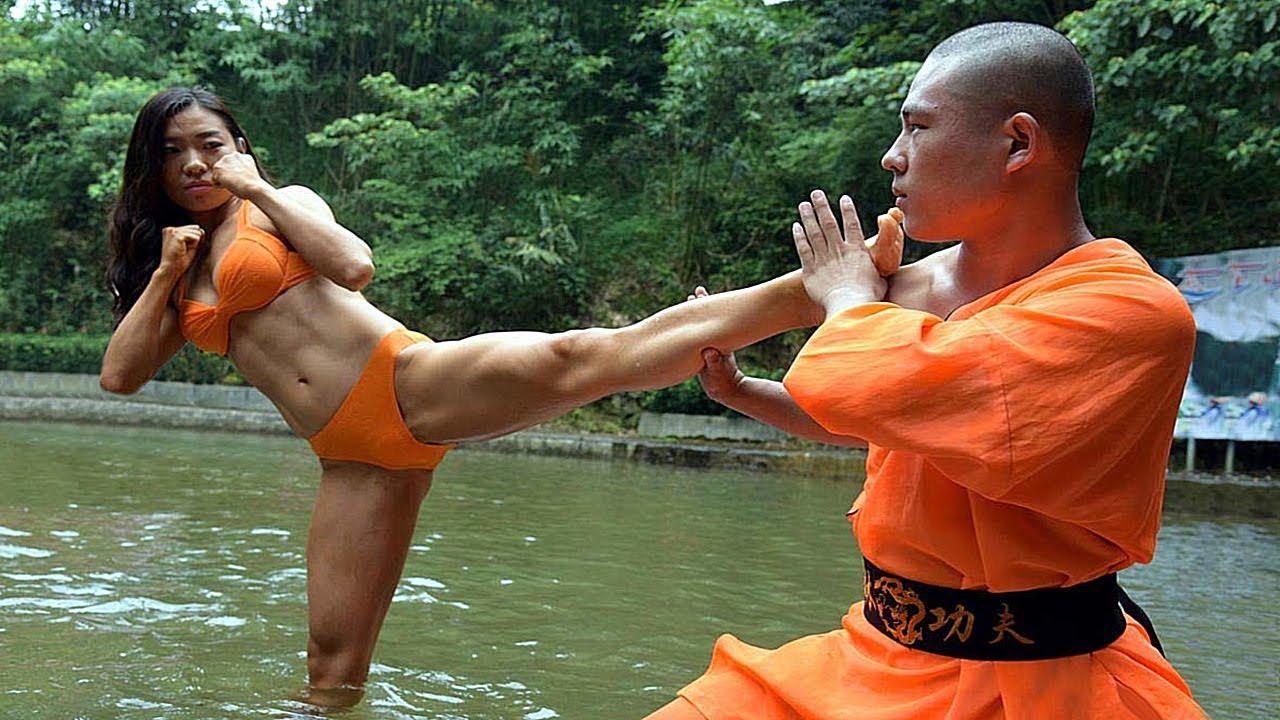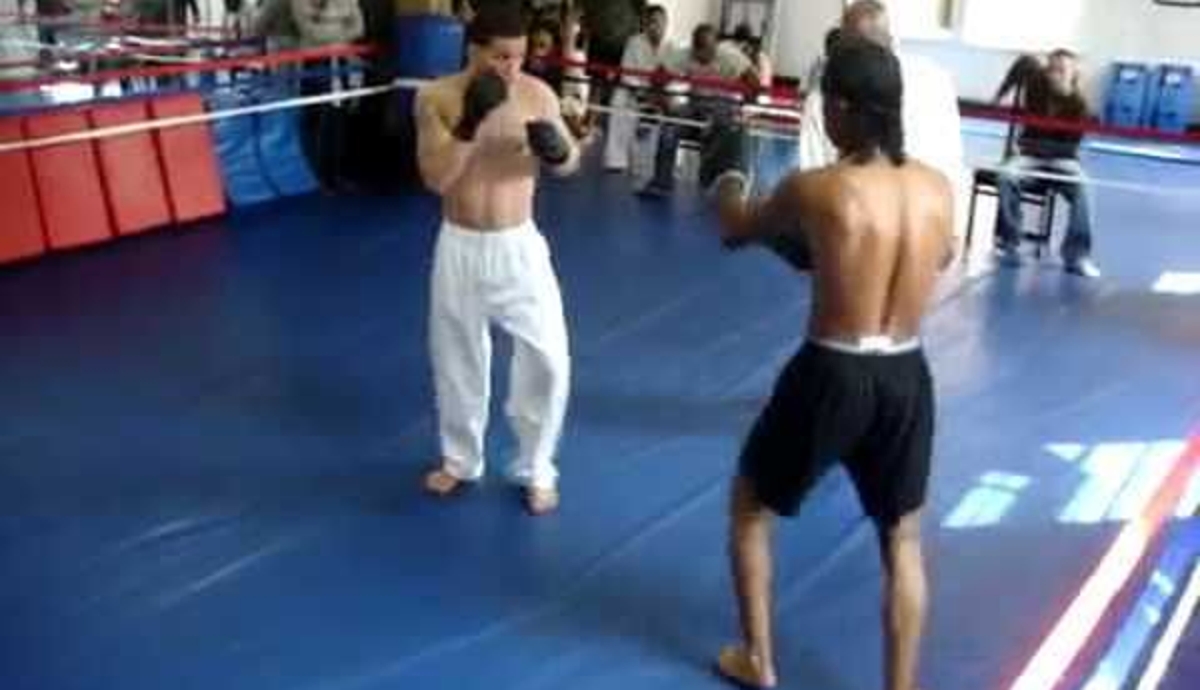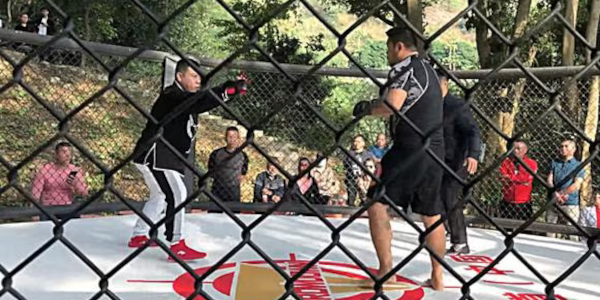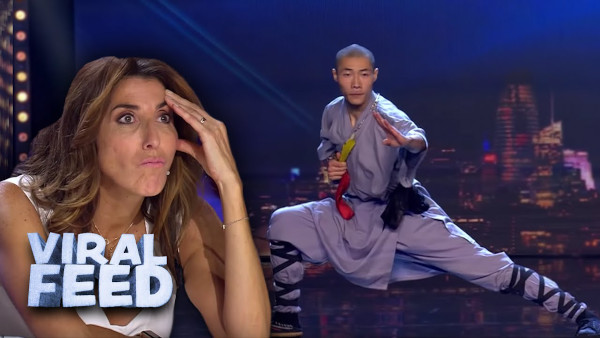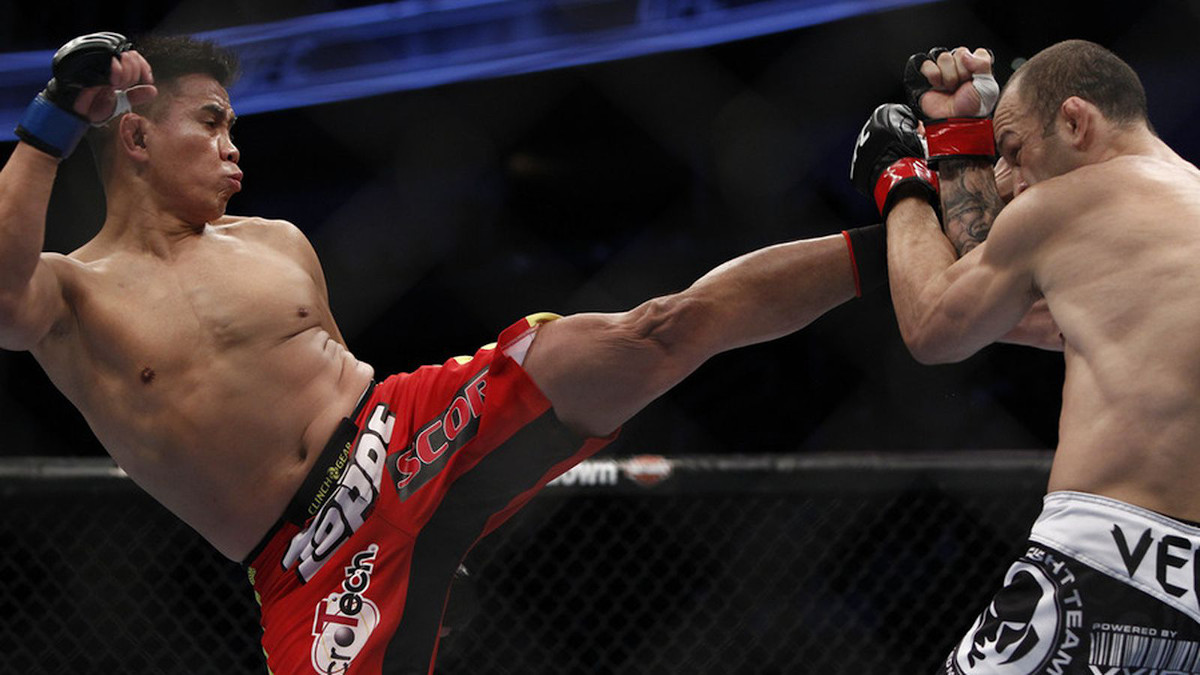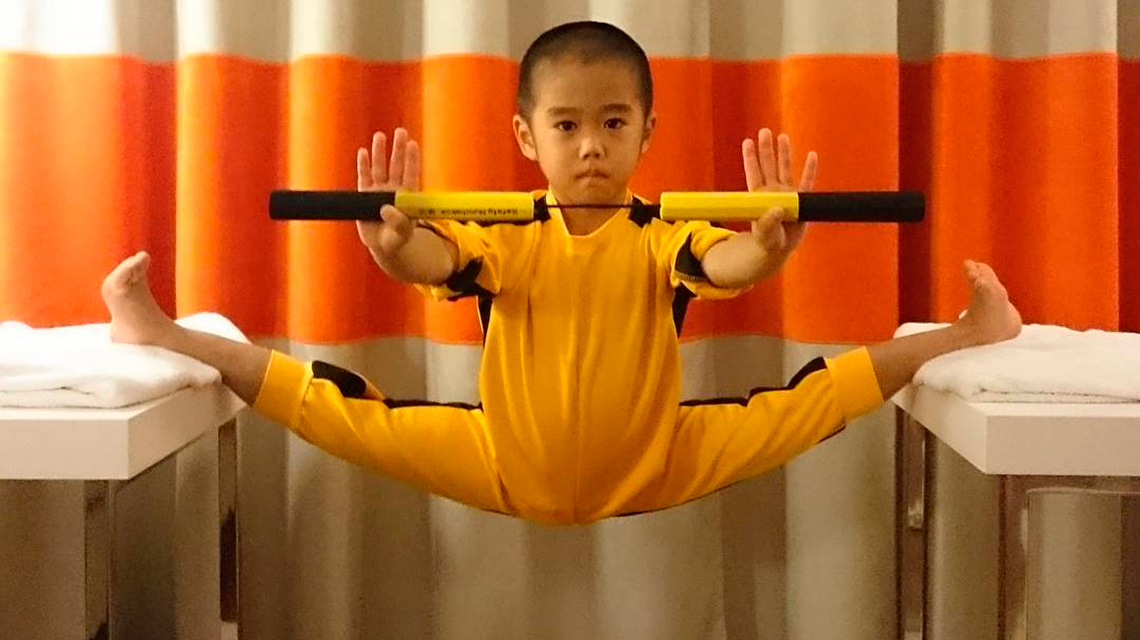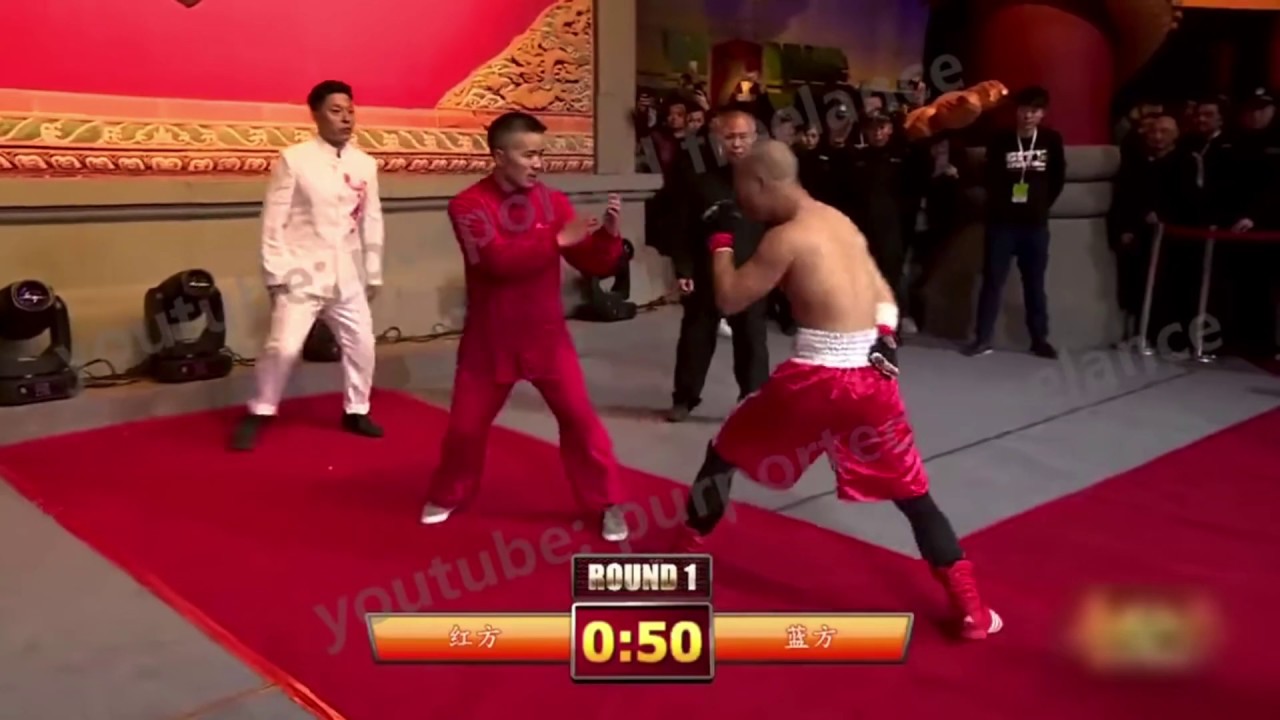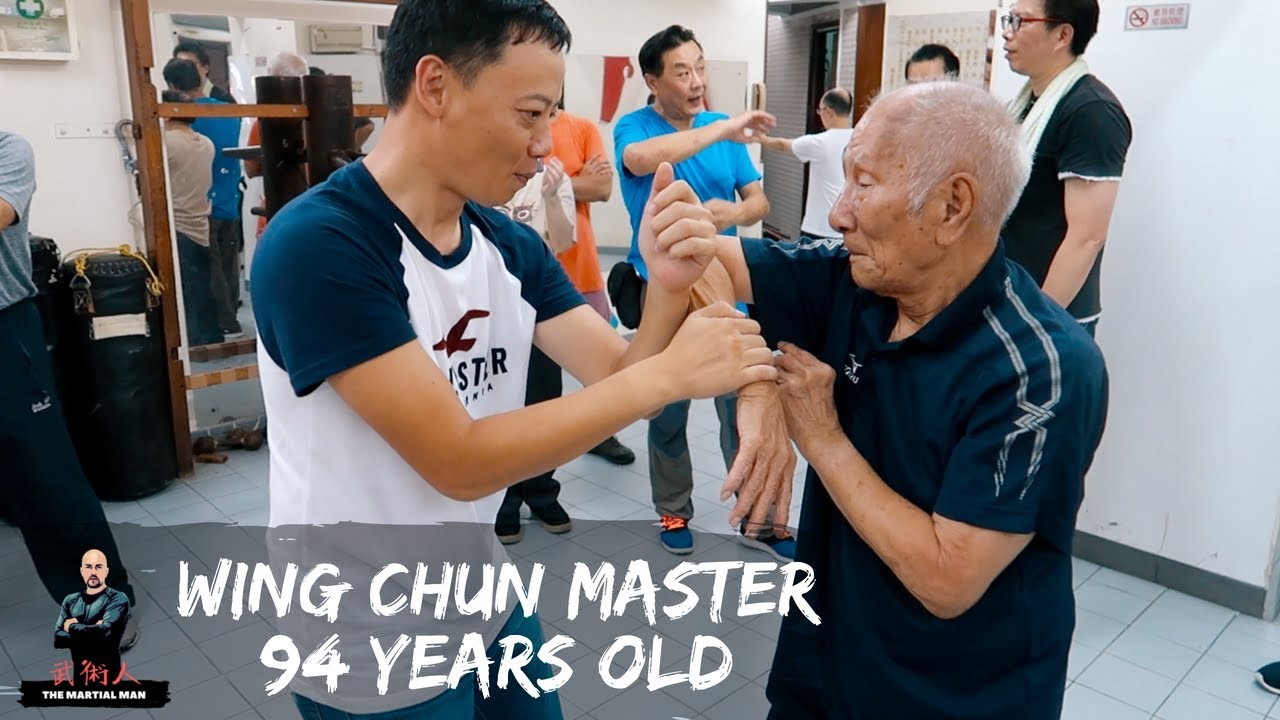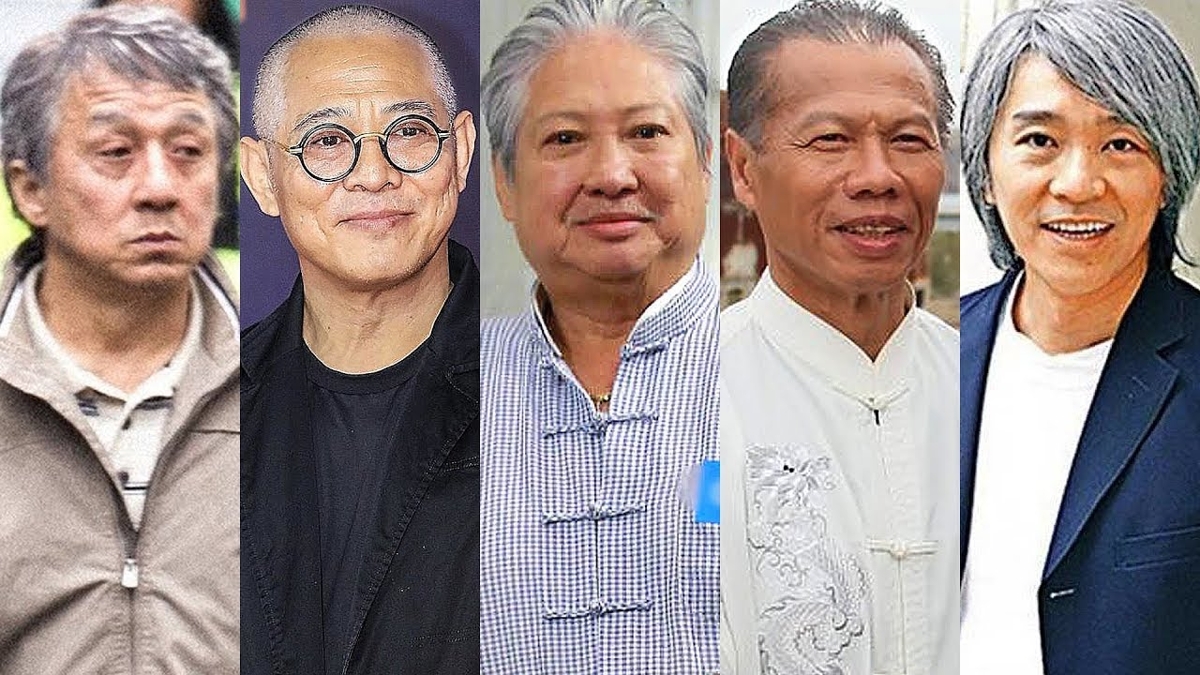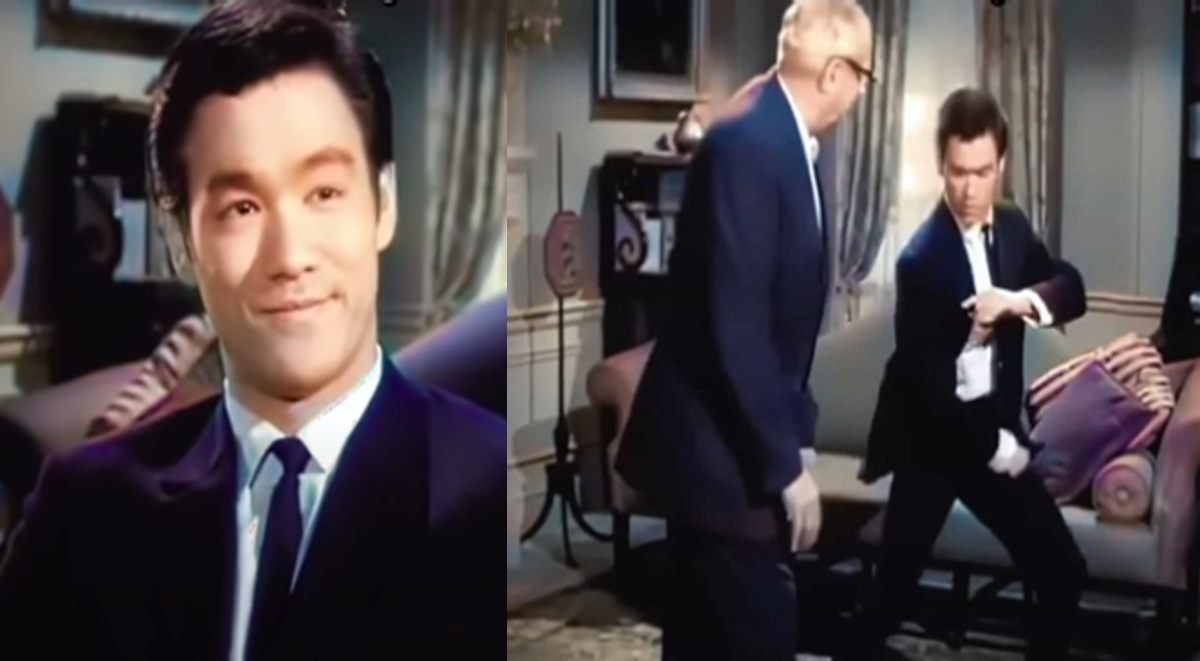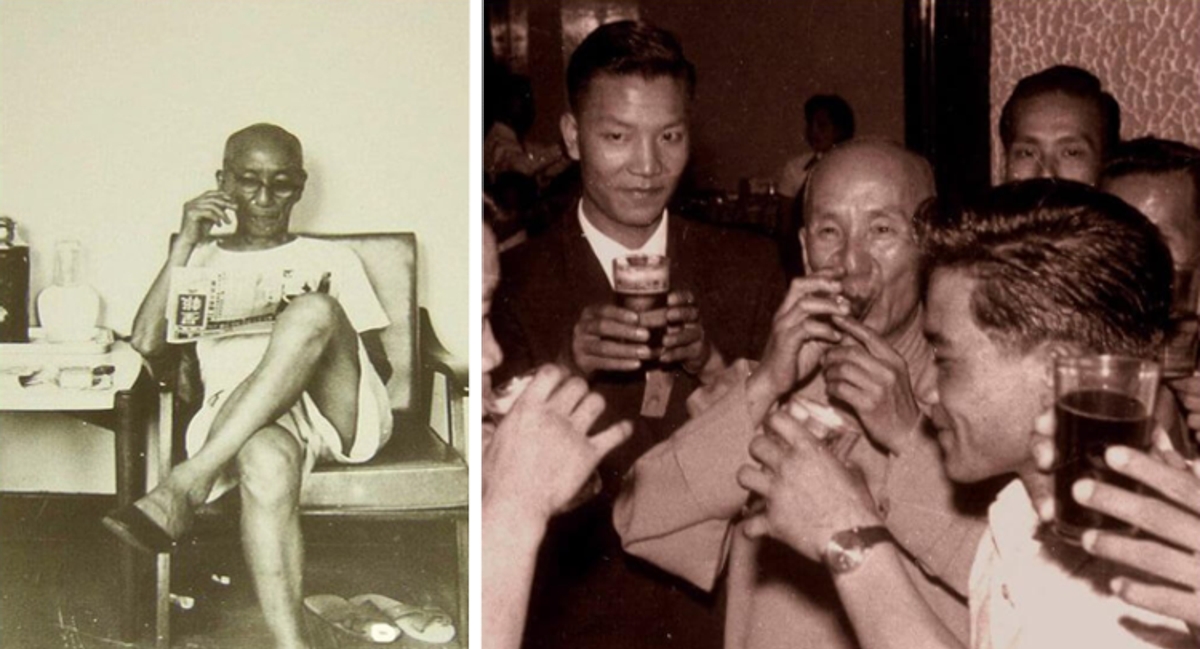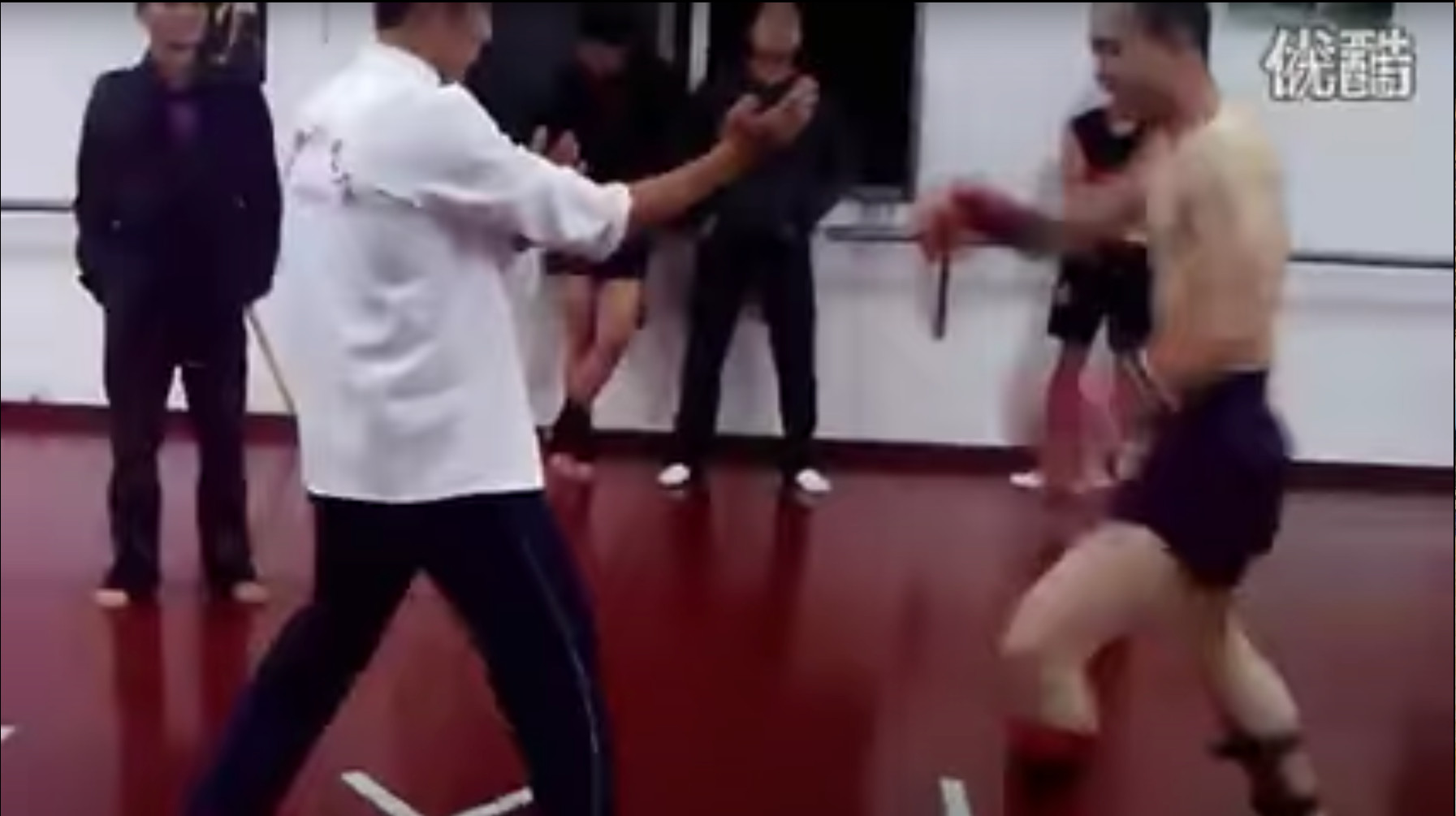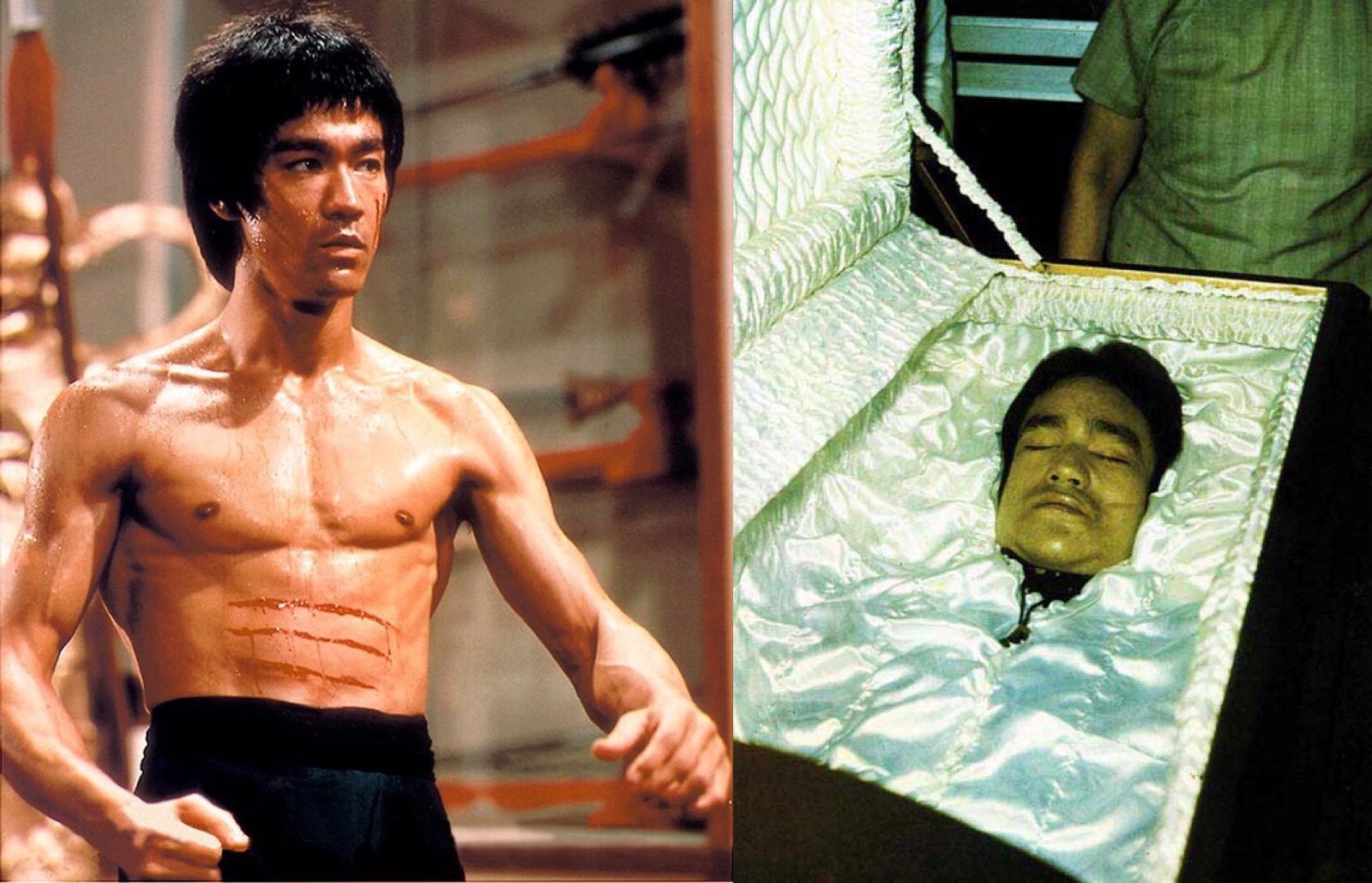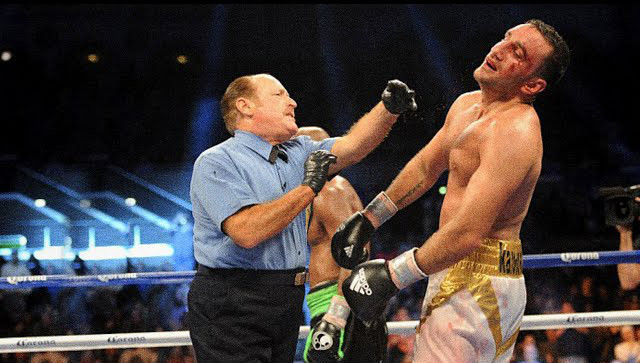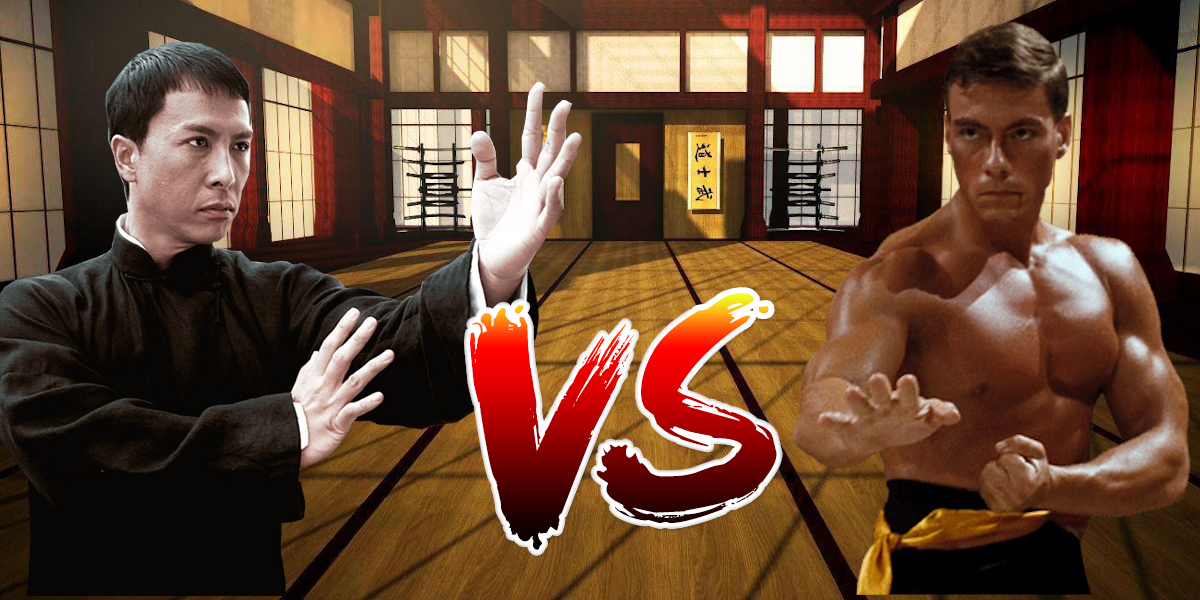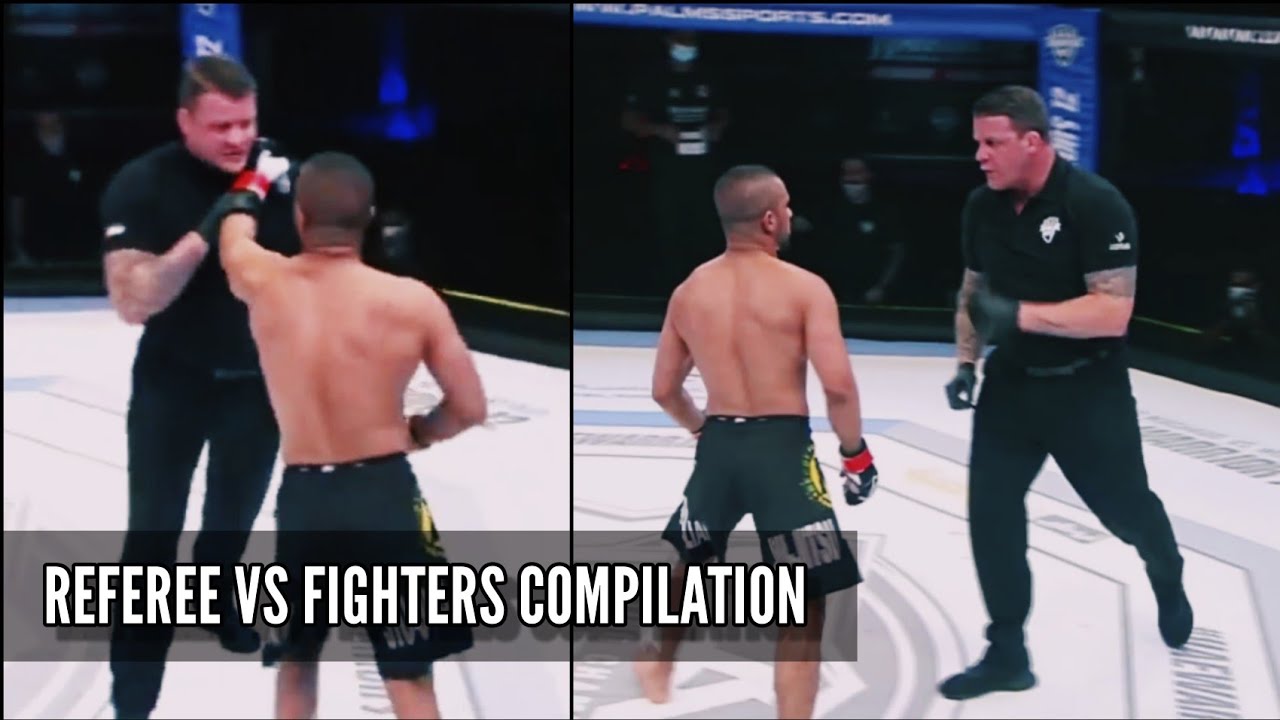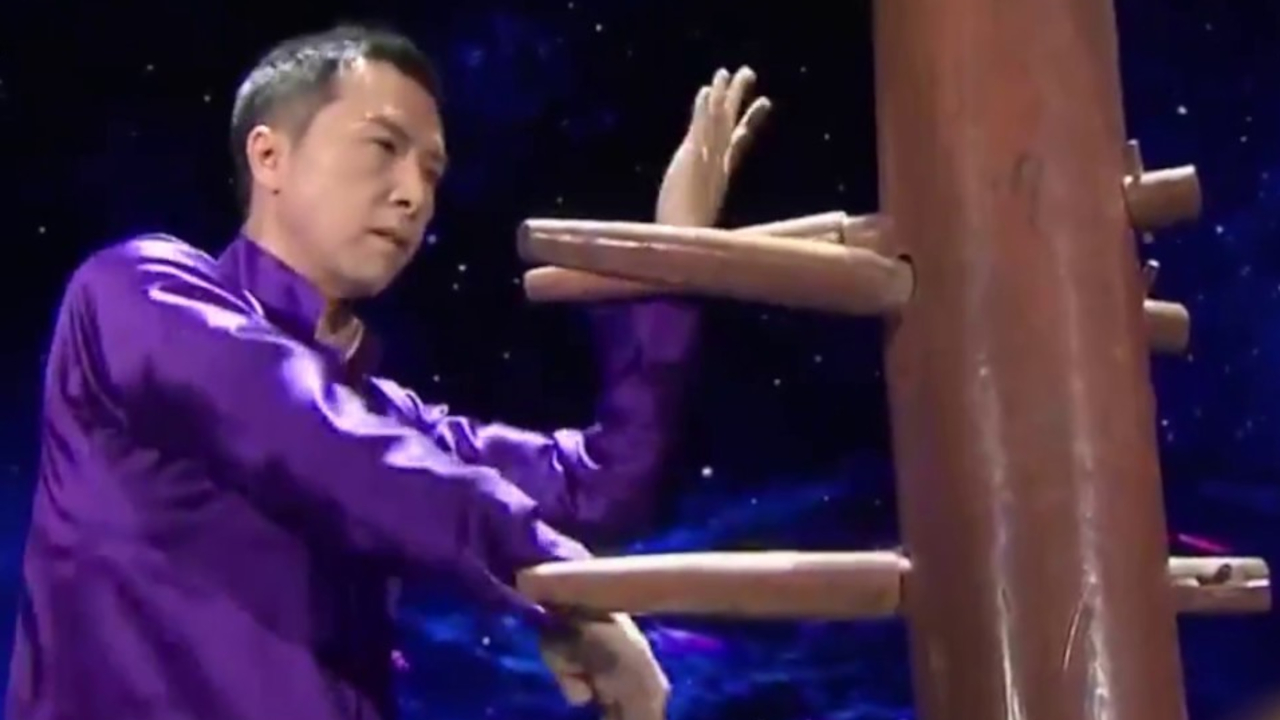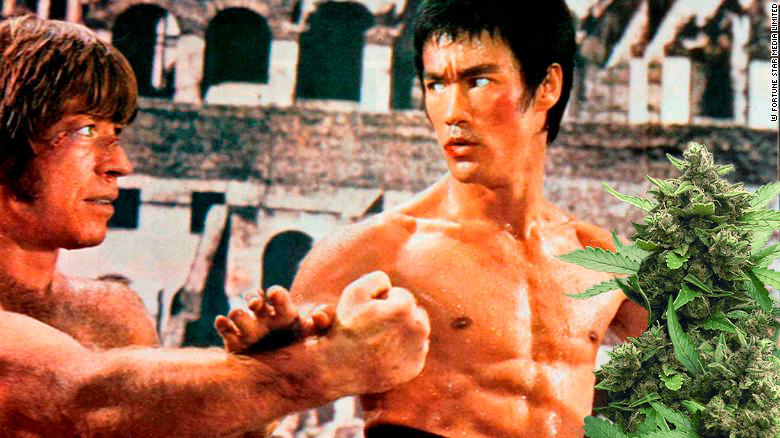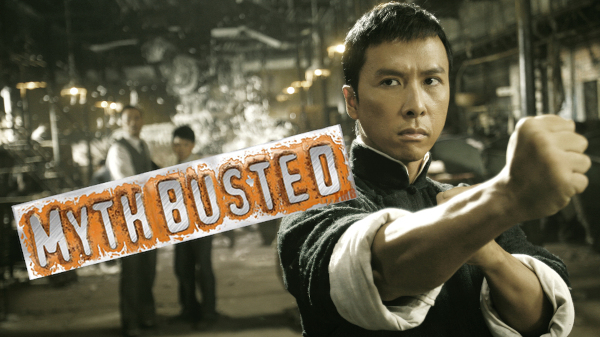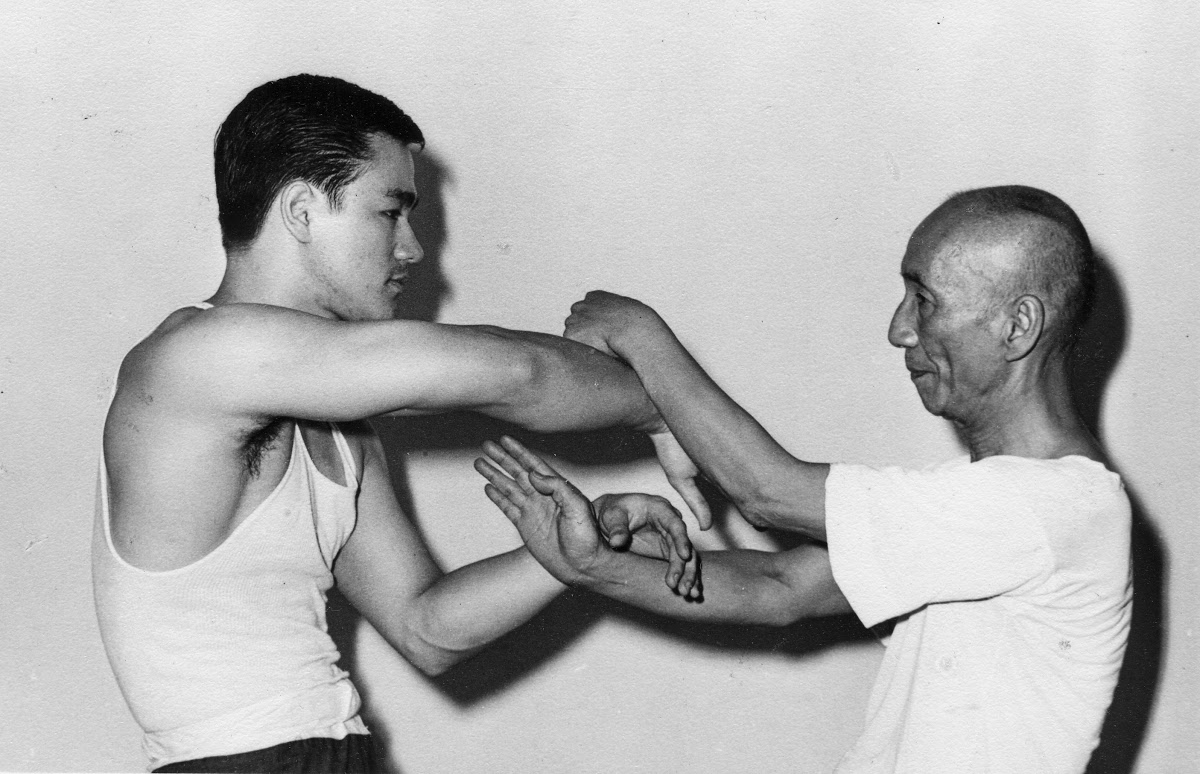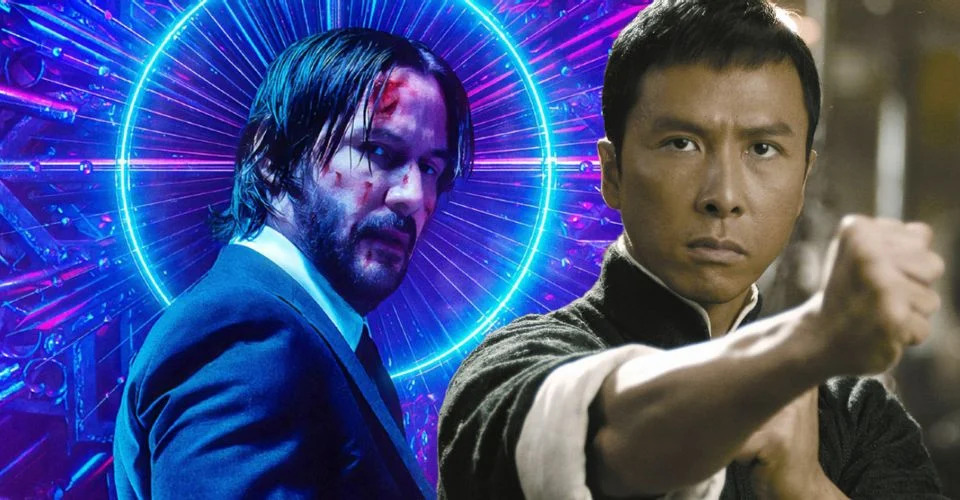Wing Chun Master Rates 8 Wing Chun Fights In Movies | How Real Is It?
Reading time: 17 minutes
Master Wong is giving us an explained guide tour through Wing Chun in movies focusing especially on how real the fights actually are.
This video was uploaded by Insider on their official Youtube Channel. Don't forget to check them out for their content!
The following video is a transcript of the video above.
Wing Chun in Movies
My name is Master Wong. I've been training in Wing Chun for about 35 years. In the beginning, I trained in the UK, and then I trained in China as well. Today, I will look at some Wing Chun movies and clips, and see how real they are.
"Shang-Chi and the legend of the Ten Rings"
That's a good move. That definitely knocks somebody out. Now, on to the Wing Chun side, you punch like this, vertical punch like this. So you can punch like this, or you can punch straight like this. But that one there, you see him using more traditional Kung Fu. So stand up and turn at that punch, create a lot of power.
Wing Chun is specifically using a lot of fast hands. It's a very close-quarter-combat use. This movement here is a very unique obstacle, bajiquan. Wing Chun using that as well, upper elbow. But this one here, you see the full body weight come in attacking the solar plexus. This one is perfect to be used.

You see a lot of this movement in real life. Elbow using for a close quarter, because a lot of time elbow's very, very heavy structure. The strongest structure in the body is the elbow, head, and knee. This is the heavy movement there, that you got to be able to defend things.
A lot of time when you're doing Wing Chun, you do fight three or four people. Move hand here, fast hand here. Like Bruce Lee when you see them. Is it Wing Chun? It's the element of it.
The element, you are moving, the element of it. But for me to use it, I, instead of hitting, like, backhand on the face, we're using a chop to the throat, because in real life, that will do a lot more damage.
If you're using Wing Chun on this movement here, he wouldn't be jumping around a lot. So everything is wider. You know, when it is traditional, body wider, movement wider. So it's more for power use. Wing Chun closer. Like, you see they don't move very much, just stay in an area. So on the bus here, in a Wing Chun size, that's what Wing Chun is designed for. It is designed for close-quarter combat. So mixture. A little bit of Wing Chun, a lot of them is a traditional martial art. For realism, I think I give them 5. Because you can't use it like that, the way he uses it on here, for real life.
"Ip Man"
Donnie Yen playing this, the character of Yip Man. Yip Man is a real person. Teaching Bruce Lee. Bruce Lee's master.
If 10 karate guys up one Wing Chun guy, I think 10 Karate people eat the Wing Chun person alive. Chews them up and spits them out. Karate people train very differently. Karate using long distances. Kicking, punching long range. Wing Chun uses close range. When you get inside the range of Karate, Karateka cannot use a weapon. It has been limiting down. But if they are in the range, the Karate person can use a long-range, like leg kicking, to
be able to defeat that.
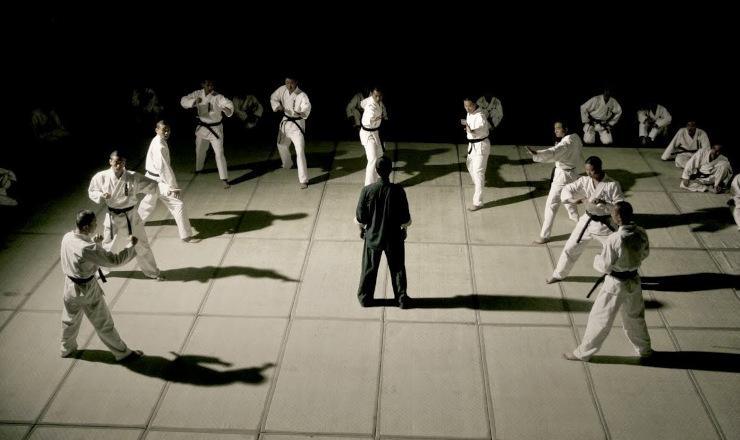

On the Wing Chun's side, you don't really do a lot of high kicks up above the waist. But in this scenario, he used quite a few high kicks. You use it if your leg is good enough. Not all the time you need to kick below the waist, but in combat like this, it's good to kick below the waist instead of up. As you can see, some of the movements that he did there, grab, control, then kick, that's what they do. They try to break the person's arm and kick the limb. That's what Wing Chun is. And break them down. Why does he come down? He controls them a little bit closer to where he is to attack because he doesn't want the enemy to be everywhere. They sit there watching him instead. Why are the people standing there waiting for their turn? If I'm in real life, my friend is getting beat up, I don't stand there, "Hold on, is it my turn yet?" No.
I won't give him a chance to elbow my friend to the back. But this is a movie. Classic Wing Chun. Grab them, control them, move them, shield them. Soon as shield them, somebody comes along, and you move to the other side. You move them where you want them. And then you can deal with more than one person. That kind of 1,000 while he's slow-motion falling down for you to keep bombarding him, it's good for the movie. In real terms, no. Chasing after him, you might fall over at the same time. While we doing this kind of movement, your body is not grounded enough, because you are balanced. You're not standing up. You're moving forward. All he needs to do, the karate guy, kick up at his butt, and he falls over. It has to be grounded and controlled because when you're high, they're low.
When they're low, they got more strength. Now, sometimes you ask yourself while you're down there, do 1,000 punch somebody's face, is it overdoing it? Yes, it's overdoing it. I think the biggest myth movies show about Wing Chun on the fighting side, they portray that Wing Chun needs to do 1,000 different moves before somebody gets hurt. In real life, should be one hit, one kill. For the movie side, it's good. In real life, it is not that great. So I'd just say around about 7 out of 10.
"Dragon Ball Z: Ressurection F" (2015)
Classic Wing Chun movement on there. It's like ready to fight, you know? On Wing Chun's side, you need to understand there are the Yin and the Yang. Hard and soft. You need to be able to blend them. When your opponent's soft, you need to be hard, because then you are able to defend them. So the attack coming in hard, you need to be soft to deflect them.
That's a very classic Wing Chun movement as well. So you got a choice when you're working this kind of movement there. If they're friends, you control them. If they're a foe, you just squeeze. Broken windpipe finished. And if you're in a fight and somebody suddenly grabs you, the best thing to do is drop your chin, like this, because you deflect, and then step back.
That will be attacking the joint. Then it loses. Then from there, using your body, you get rid of the hand, and then you continue your attack. See, he did there? All he did there, because your arm like this, where you squeeze, you're not able to put in energy. And then because you have no energy, they can't break out, but he just sweeps up. Because he's a god, he can able to perform like that. How did he get out of this movement there? So, on the Wing Chun side, you see a lot of movement like this. Flick your muscle, flick your wing, so he can't grab over you. If I flick like this, my hand will become inside and I will grab hold of his hand. I will give him a few elbows to the face, a few elbows to his body, and I'll give him a kick to get rid of him. So on this one here, I like the cartoon. It's interesting. In real terms, some of the movements you can use, and some you can't use.
I will give this movie here at about 4.
"Sherlock Holmes" (2009)
I like this kind of movie because all the time martial arts are the same. Using your mind to thought
first, before you're doing it because the mind tells your body what to do.
Attacking at the temple is a very good, classic Wing Chun straight punch there. I like that. But attacking the temple, it's a little bit harder to be able to hit because it's small. If he moves like this, it misses. Really attacking right along here is a lot better.
Attacking into the ear hole. Classic. Makes you dizzy. So that's why he does this way. Boom! So he can't hear anything anymore. For me to use this movement, instead of attacking like this, I would, boom! Straight chop to the neck, cutting the blood supply to your brain. You're out, finished.
The way he does it, it looks weaker, because you don't see the whole body movement. But you're using your body.
The whole body deflects. That's called a tan sao. You're moving to use that, to divert with the hand. While you're diverting the movement with the hand out of the way, your body structure diverts the force. So the heavy coming in, you don't need to do very much. You go like this, that force will go this way. Move like this, straight up. Classic boxing movement. Wing Chun using that, yes, but you don't move the way they move, more like classic boxing. The Wing Chun is tilted on the side bit more and comes up using chum kiu. That's for the second level of Wing Chun, the chum kiu, using a lot of punching. You attack a lot of organs, rib cage, here, throat area. So that's a very classic movement.
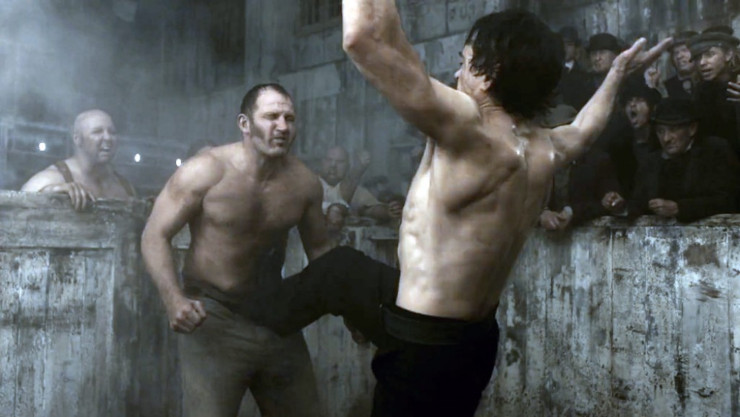
That movement there, the hand coming in, a little bit weak. If you are up like this, if it drops, that will land on your rib cage. Yes, that might land to your elbow, but you got to make sure the wing block. The block on the hand needs to chop the hand right down to be able to cover the length of the rib cage, otherwise, Sherlock Holmes going to get a broken rib cage.
That elbow coming in is very weak. You can't elbow like this. This won't get any power. Doesn't matter how good you are. Your elbow has to be locked. Body in line, whole body turn, lock. So that way you can control it more. Whole body movement.

This part here, heel kick coming in, classic Wing Chun. They're using the heel because the idea is long and solid. Like the punch, solid.
Like the elbow, solid. For me to use this kind of movement in this situation, I wouldn't want to use any heel kick. You have to be able to move right into the reach to kick the heel kick because your whole leg got to be straight like this to be able to kick like that. It's hard to use.
In reality, it's the point kick coming in. Directly, your toe pointed into the diaphragm onto the solar plexus, that will do the same damage, even worse.
Robert Downey Jr., he's been training in Wing Chun for a while. Is he able to execute the moment well? Now, if I say not good,
that's not going to be nice, and if I say good, then I lie to myself.
I say average. Out of 10, I think I'll give this about 4.
"Wing Chun" (1994)
Now, this is very, very classic Wing Chun. You see Michelle Yeoh. Compared to Hollywood stuff, they're very different. You don't see the move a lot. So the classic Wing Chun is you don't move around a lot. You're using your hand, defending your vision of 300 degrees. So, this whole thing here, as a fun thing, as he moving, they don't want to mess up the bean curd. And why is it talking about bean curd? Bean curd is very soft. That show how elegant Wing Chun is. Because this is about a woman. That's why she called Wing Chun.
Suggested: HISTORY OF WING CHUN
Yim Wing Chun developed this system for her to use. It doesn't matter how strong you are. She can use her relaxation and movement to defend the big and strong opponent. This is very classic there, elbow. And all this movement here, this goes into the wooden dummy. When you're watching a wooden dummy, you're using a lot of this hand here, elbow coming in, arm, turn, all this elbow stuff is all attack. So the body attack, elbow, elbow, elbow, attacking, elbow defending all this.
Michelle Yeoh is very good at demonstrating the movement. I will give this one 8 out of 10.
"Ip Man 3" (2015)
This movement here you can see is very classic. Now, this is 6½-point-pole
training for Wing Chun. One of the two weapons that Wing Chun uses. This is what the Wing Chun people use. Instead of training on weight a lot, they're using that to train. They hold it like that because they're using it for a spear, move, like whipping, twisting, attacking, flicking. There are only 6½ movements on this. And they mix them up together with the hand form and the footwork. So the finger, the power onto the pole. Is it really necessary, for two-person to use the same thing? Now, the real term is two-person using the same movement, more likely both of them get cut up. This is the traditional Wing Chun side. Butterfly knife and sword. That's why Wing Chun uses a long and short weapons. When the enemy has a short weapon, you're using a long weapon.

A lot of the movement there, as you see the Wing Chun movement, using hand movement like a hand attacking, they transfer them into the weapon. But onto the weapon for this to be used, you're getting the idea of illustrating the hand form. And then now you got a weapon attached to your body here, so you can able to move well to using it. OK, stop that there. That's part of, like, called a butterfly knife chi sao. Instead of using a hand, they're using a knife instead. Controlling the force coming in hard and soft. See, the classic, what I told you about, in Wing Chun side, hard and soft. You're using it to move your energy from your opponent there. When it gets close, the weapon they can be used, use the elbow. And then they use a knife when it got a distance because you're going to need a distance to be able to use it. When they're closing up, that's when they use their elbow, head, knee, and also using shoulder a lot as well.
They're using the classic chain punch coming in. Idea is when you punch somebody once, they block, but when you bam, bam, bam, bam, they can't block like this. So more than likely, if I do 20 punches, they will land on your face once. What you're going to use to block it, using either wing block or using pak sao to block this chain punch. Classic biu jee. Biu jee, finger strike. Attacking the eye, attacking the throat, attacking a vulnerable spot. Emergency use. When you get to this level of biu jee, you have become very dangerous to your opponent. So got to be very careful how you're using it. Instead of seeing, he feels now. Bruce Lee uses a lot of 1-inch punch. Like that, boom, boom, boom! When you attack, you feel them first, then follow up on second, and then use your weight. But when you punch them when they are tense, ooh!
Suggested: BRUCE LEE'S ONLY REAL FIGHT RECORDED
Next movement, you hit them, and they start, ah! When they start to, ah!
Then the last one, bang! Then you're forcing the energy past it. That's how you knock them out. Overall, the choreography is very, very good. The ways they do them, showcase very truthfully a little bit of Wing Chun, and how you use it on the scene. I give them about 8 to 9 out of 10.
"The Way of the Dragon" (1972)
This is all Wing Chun movement, the movement on there that he coming in. Attacking, defending. But is it the Wing Chun's movement here? Is it a more traditional side? No, more Wing Chun there start to fit into him going Jeet Kune Do. That's why he uses a lot of high kicks. What Bruce Lee believed in, what you take is useful; reject what is useless. So he discards a lot of traditional stuff that is not functional to him. That's another classic one. This is the chum kiu movement coming in arm break. Boom, arm break, coming in arm break. So that's what it is.
Soon coming in hand breaking the arm, control, breaking the leg, sidekick of the Wing Chun low kick on there to hurting the joint to the lower leg there. Very classic, yeah. What he trying to demonstrate there, is in the Wing Chun side, we fight in a closed ring. We don't need space, but what Chuck Norris need, is space because he uses a lot of kick. Bruce Lee doesn't need space. Now when he got close, he doesn't use any of the high kicks now. He uses a low kick.
I have to give this 10 out of 10 because he's my idol.
"Bangkok Dangerous" (2008)
This is more like Kali, Kali movement than more like Wing Chun. But Wing Chun does that as well. You're using this to drill. This kind of drill is helping
you to get sensitivity. When you put that knife on the person, you see how much power they put into your arm, and how you respond. People need to understand, that a drill is a tool. You need 1,000 repetitions to be able to respond. You need to drill that into your system. When something happens in real life, fight, you can't think. You either feel or see it before it happens. So the whole idea of learning this is to learn about feelings, learn about see, where you place your hand, where you put your hand, how you put your hand because all the knife and hand is very fast.
This one here is not really an attack. This is really like a drill. When somebody put a knife at you, two things you need to realize. If you're in a situation
where you got nowhere to go, you have to make sure you're looking for a weapon. Make sure there's something you can use to be able to defend that quickly. Think fast, and look for the exit to run, to get out of the way. Don't stay in front of that, because you cannot defend it. Know yourself, know your enemy, know your ability, and know your surrounding.
I would probably give them a 5 out of 10. I like Nicolas Cage doing the movie. Pretty serious, and a good actor.
Master Wong's favorite Wing Chun movie:
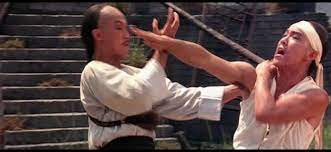
My favorite Wing Chun movie of all time is The Prodigal Son. They talk a lot about the history of Wing Chun, and where they come from. Yuen Biao does the movement, apply them to the screen, and makes the screen for Wing Chun very beautiful, the way it did. And Sammo Hung, when he used it, he used Wing Chun in the real life. Head, elbow, everything. All the power the body can apply to Wing Chun to make Wing Chun functional for him.
Thank you. Your comment will be approved shortly.
Comments
Thank you. Your comment will be approved shortly.
Thank you. Your comment will be approved shortly.
Thank you. Your comment will be approved shortly.
Thank you. Your comment will be approved shortly.
Thank you. Your comment will be approved shortly.


